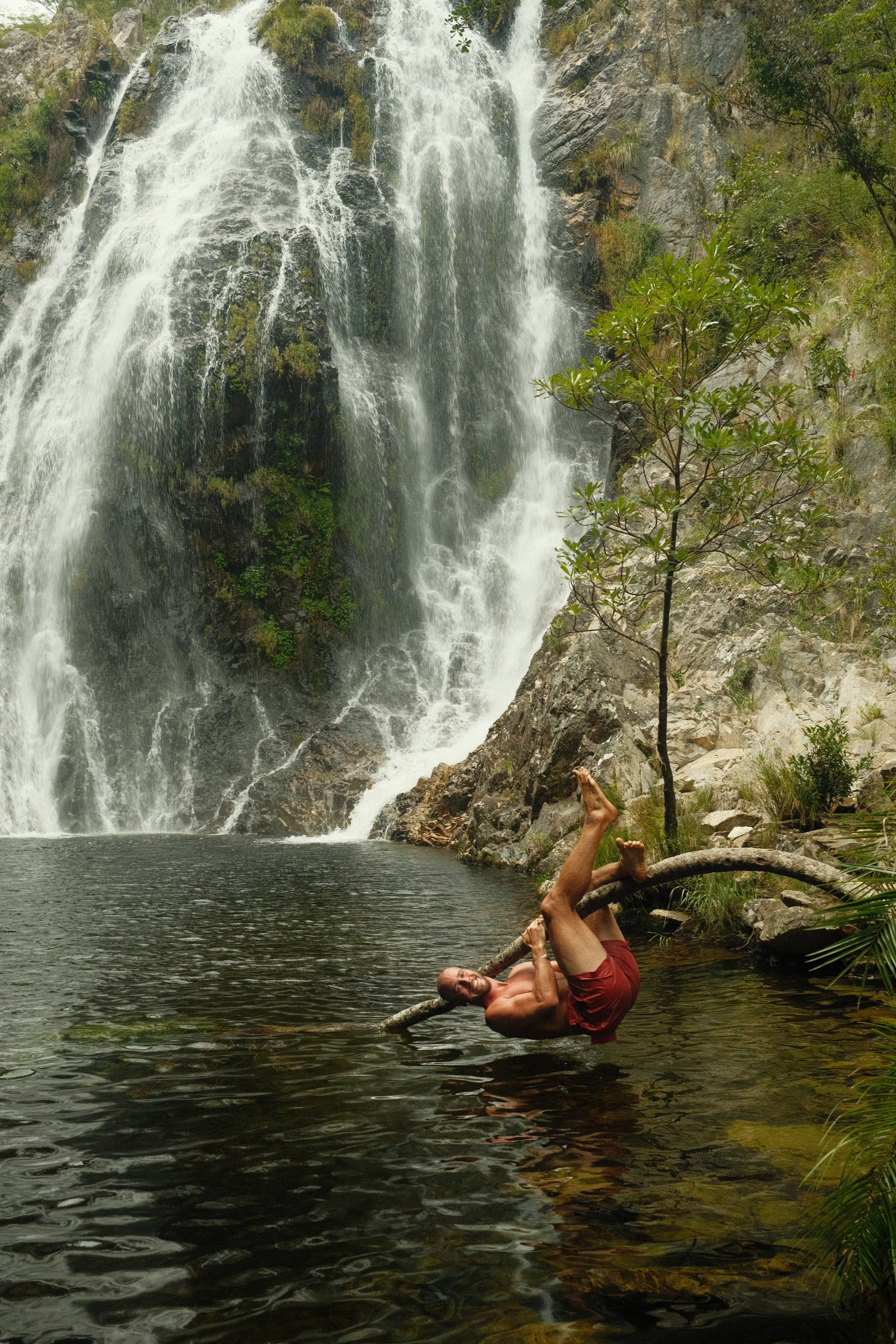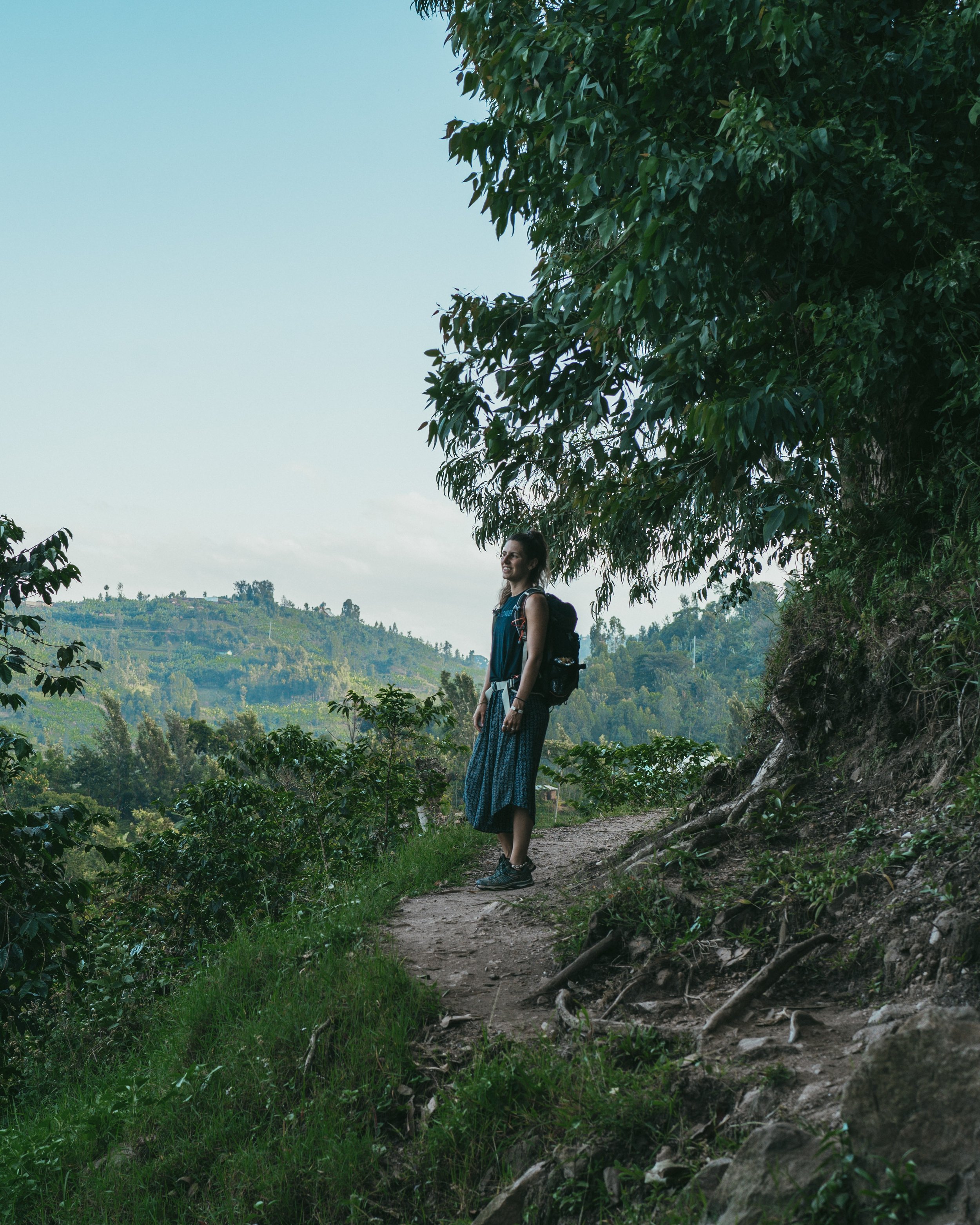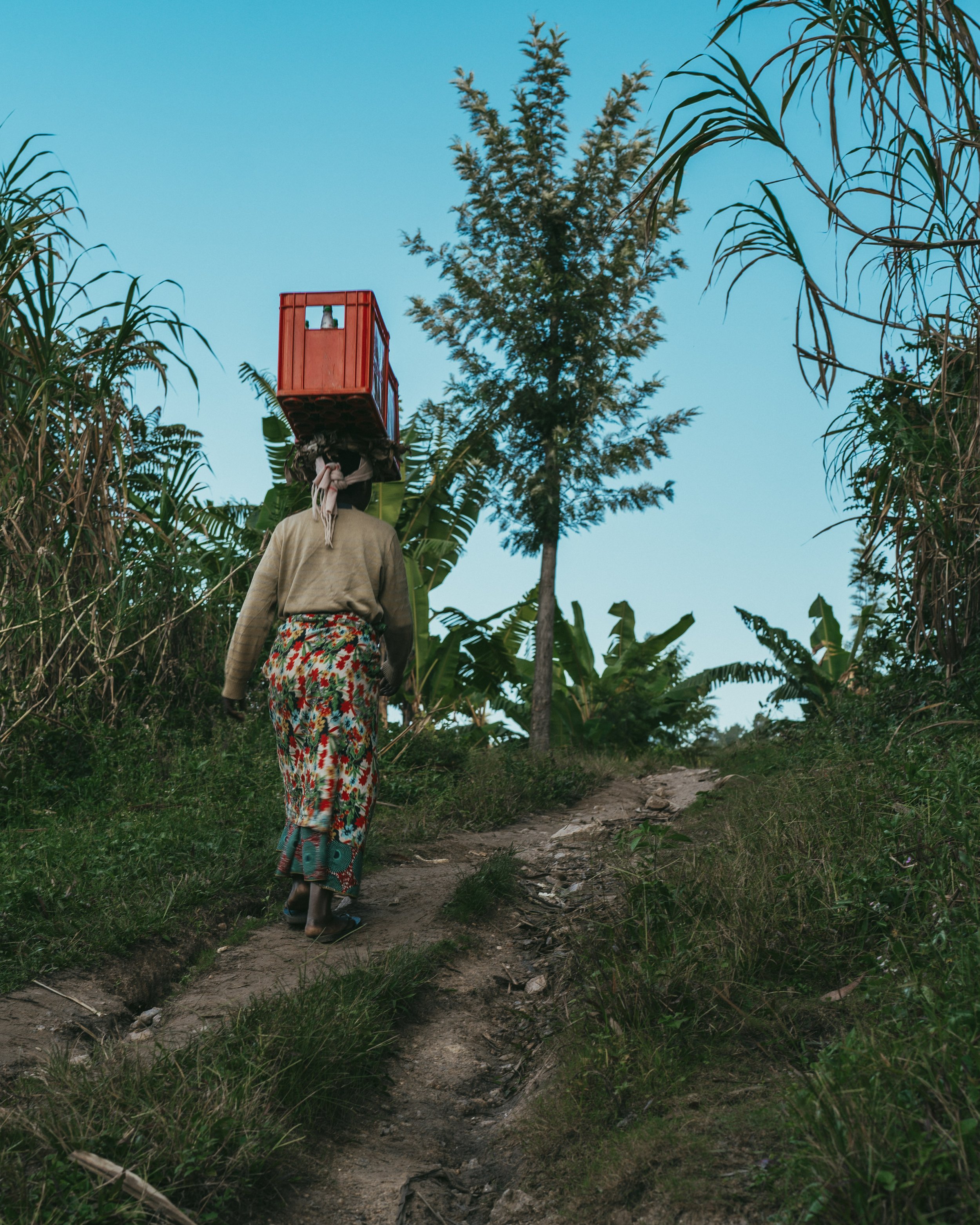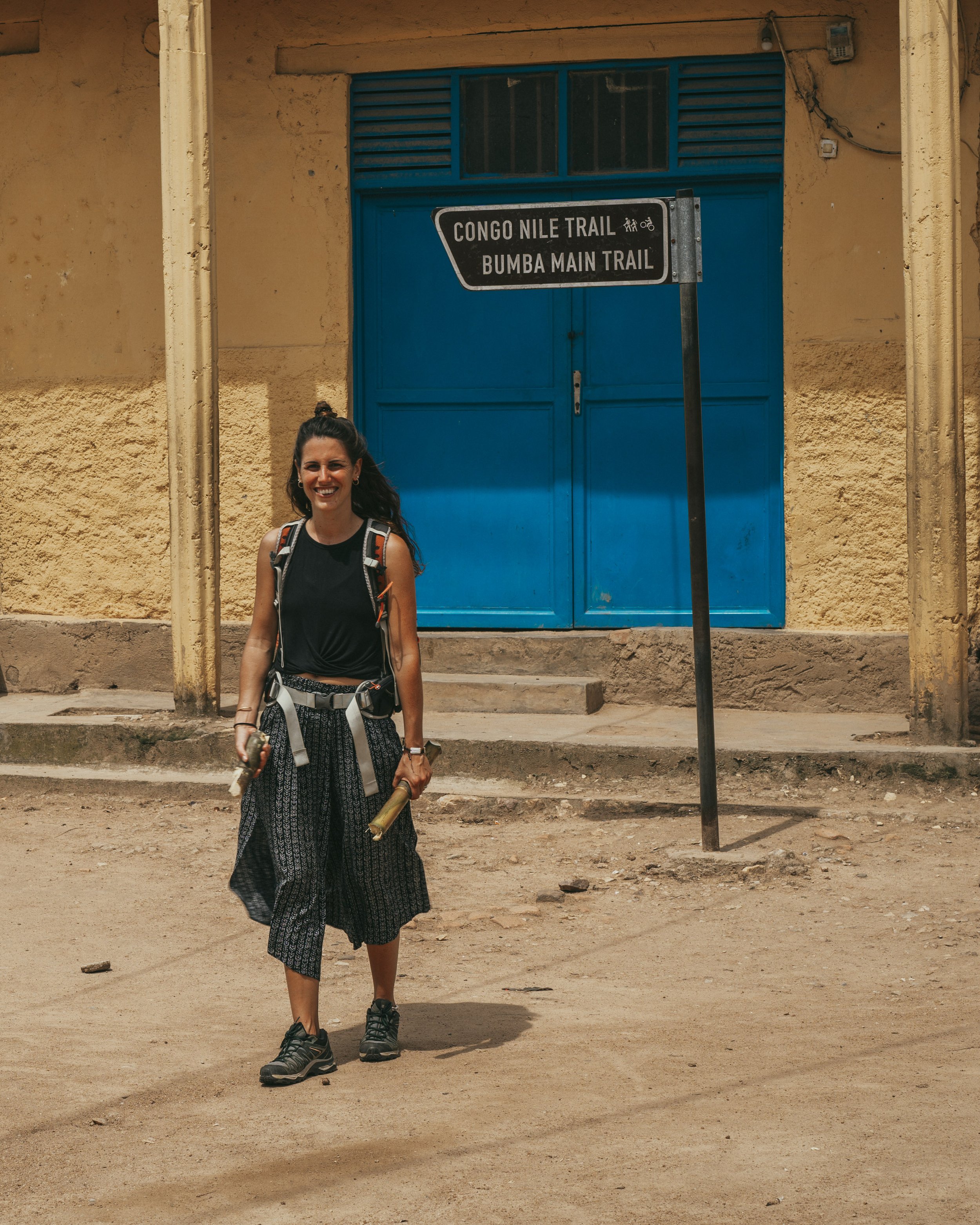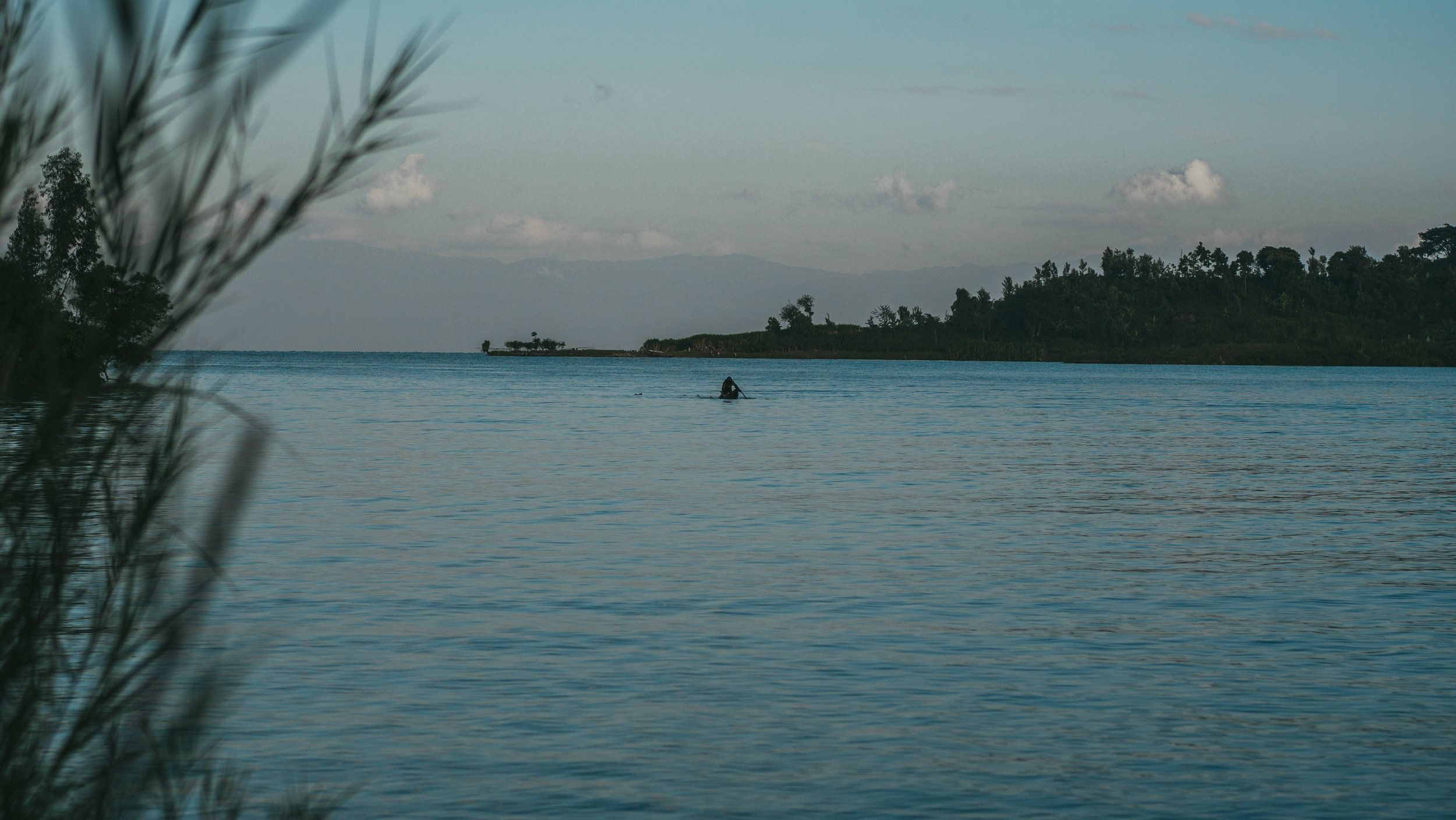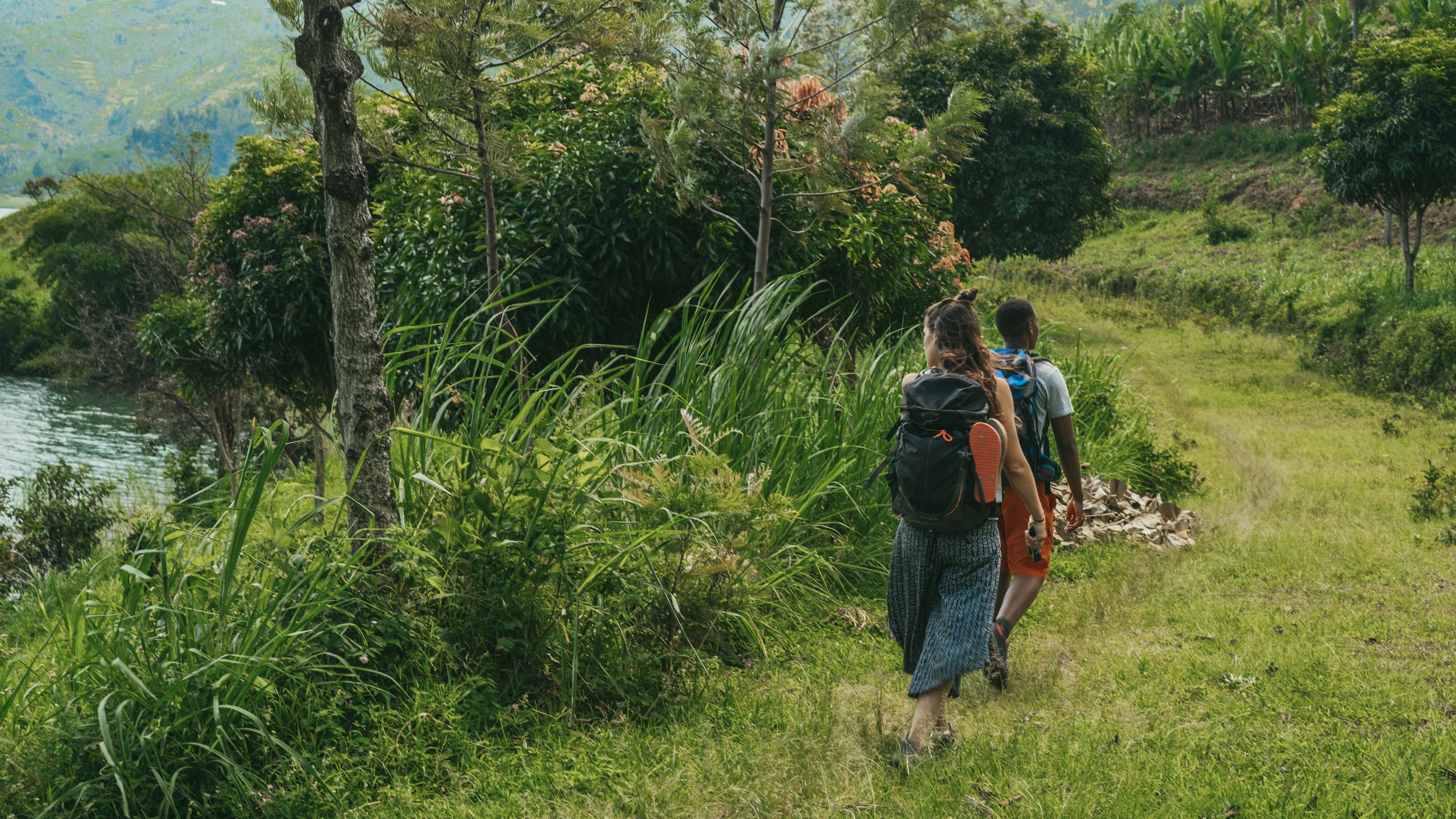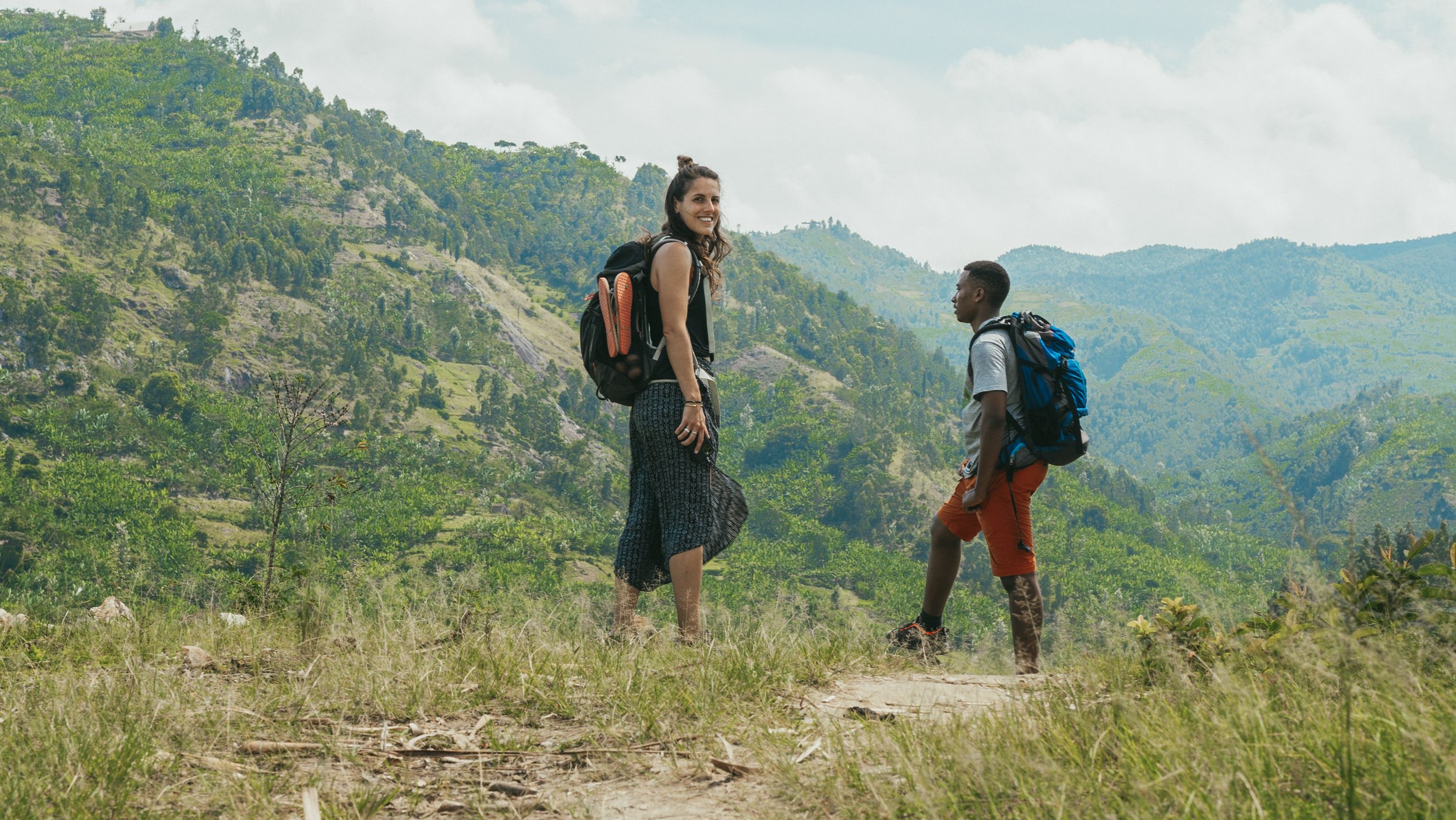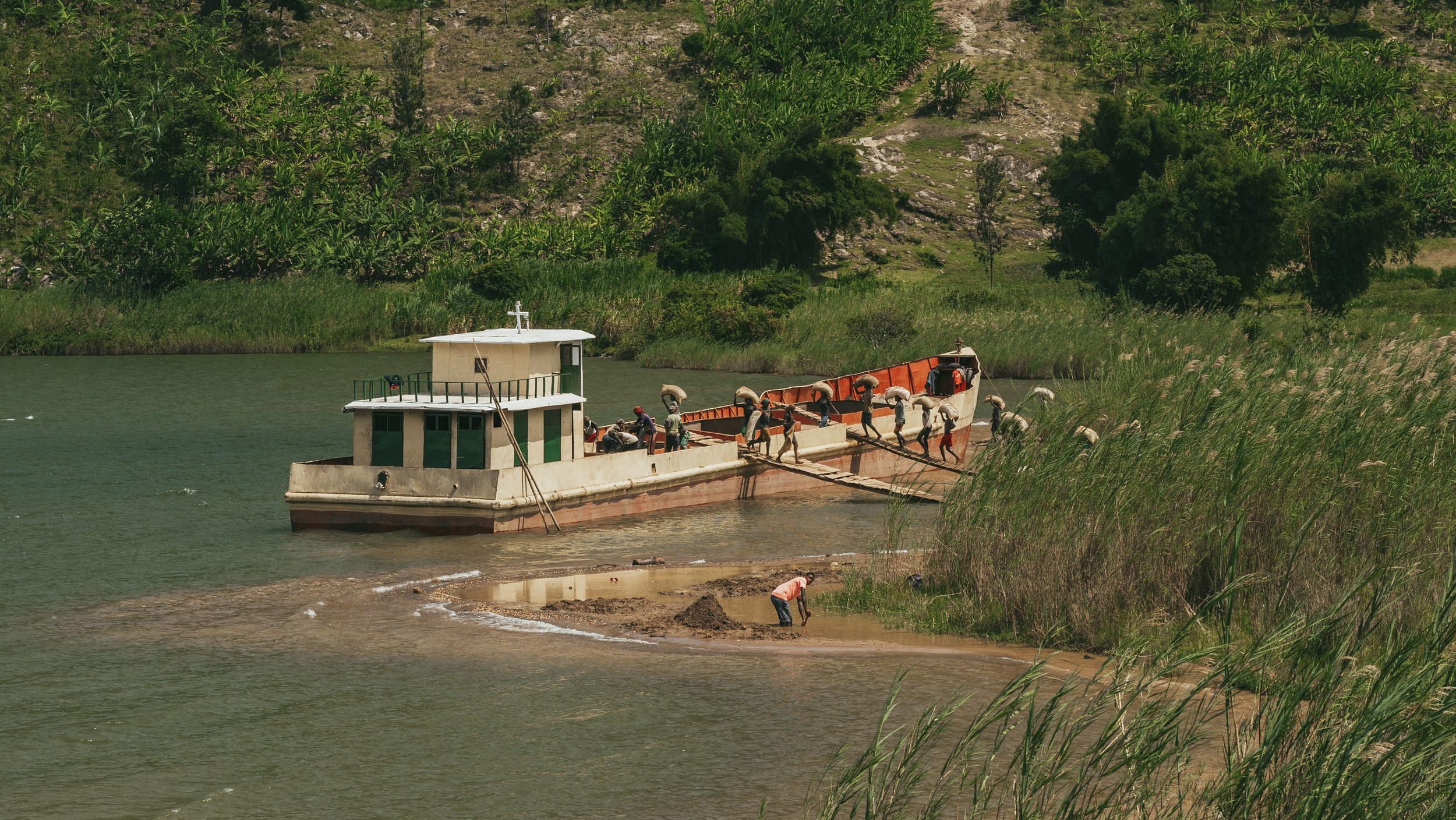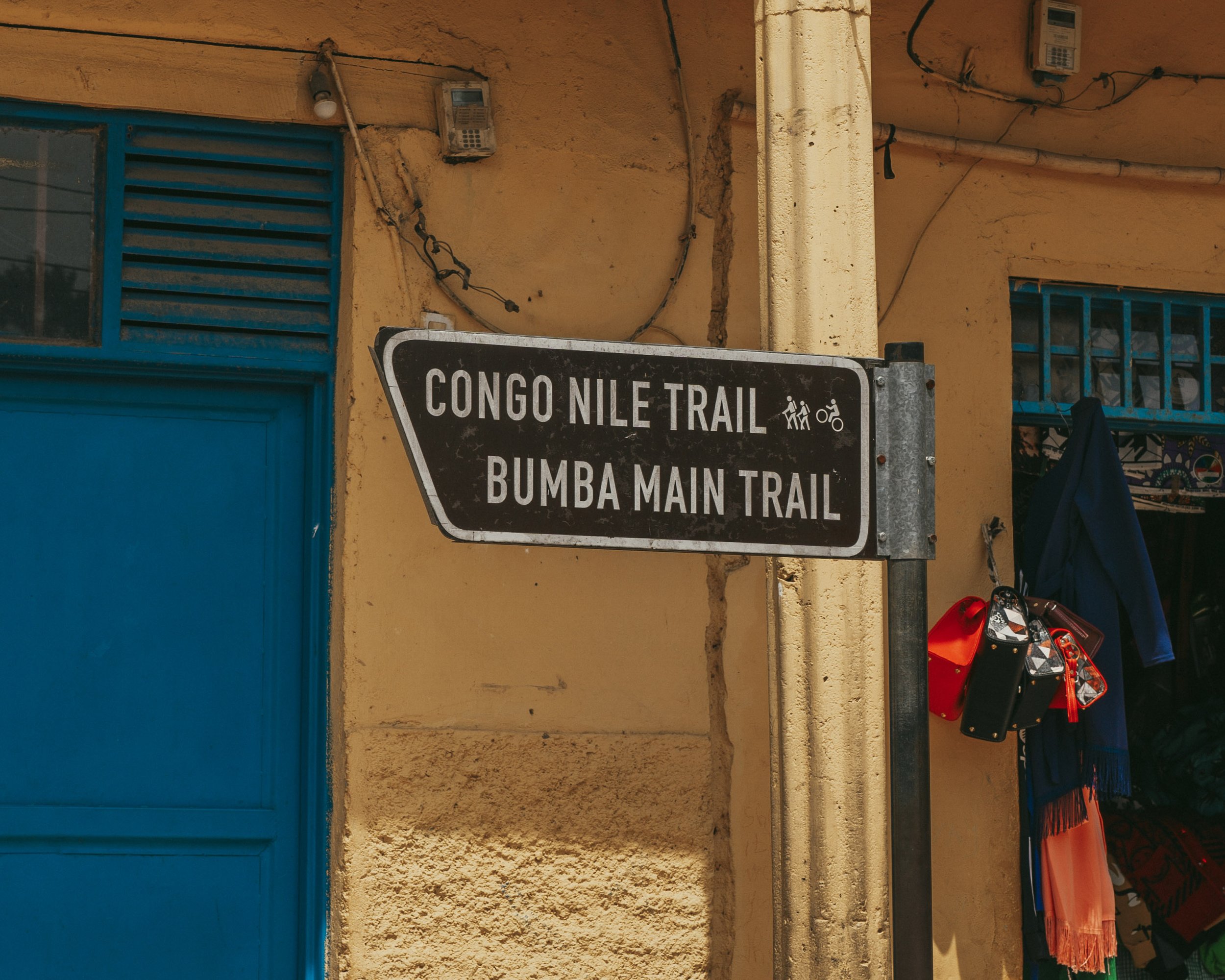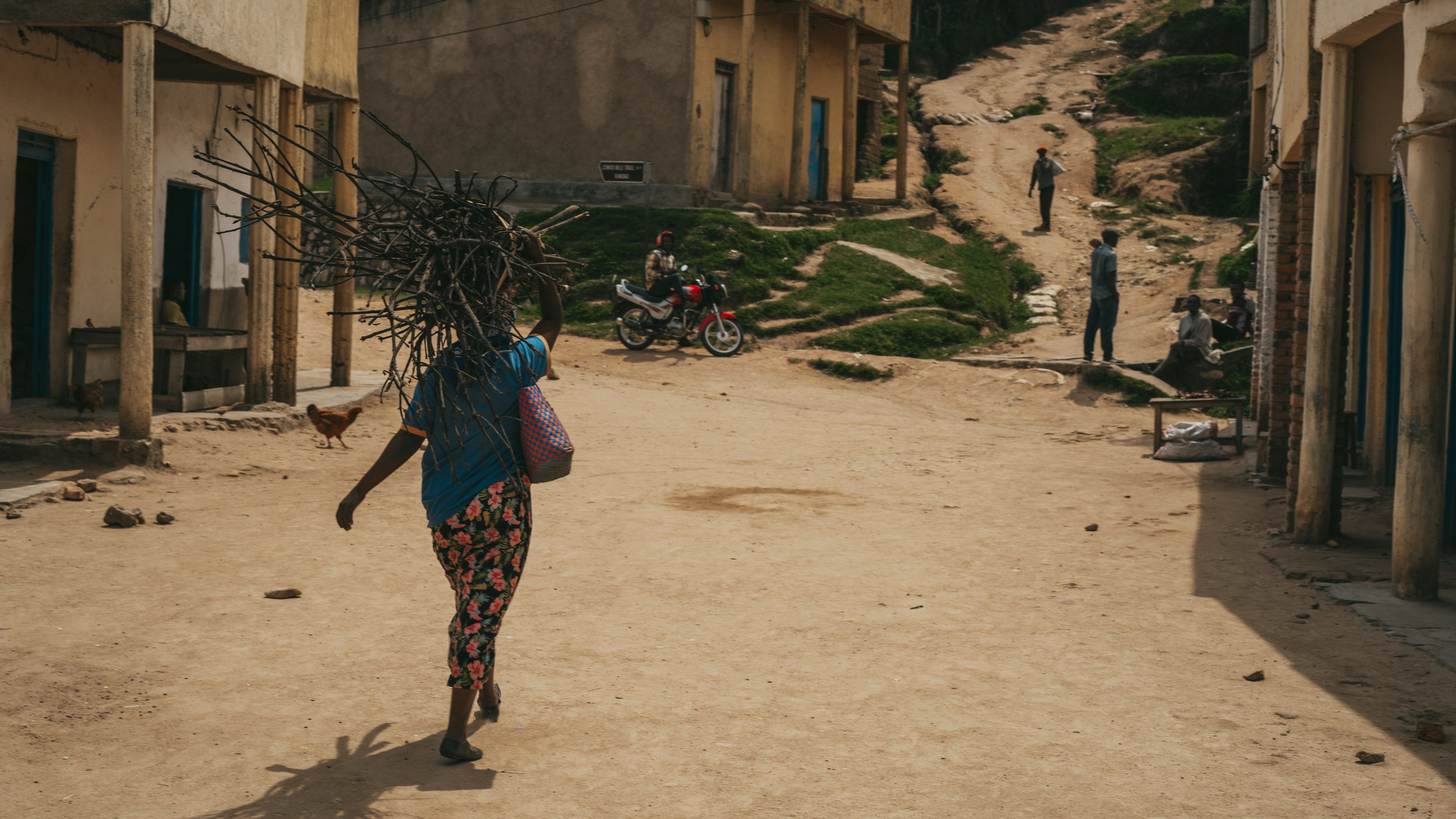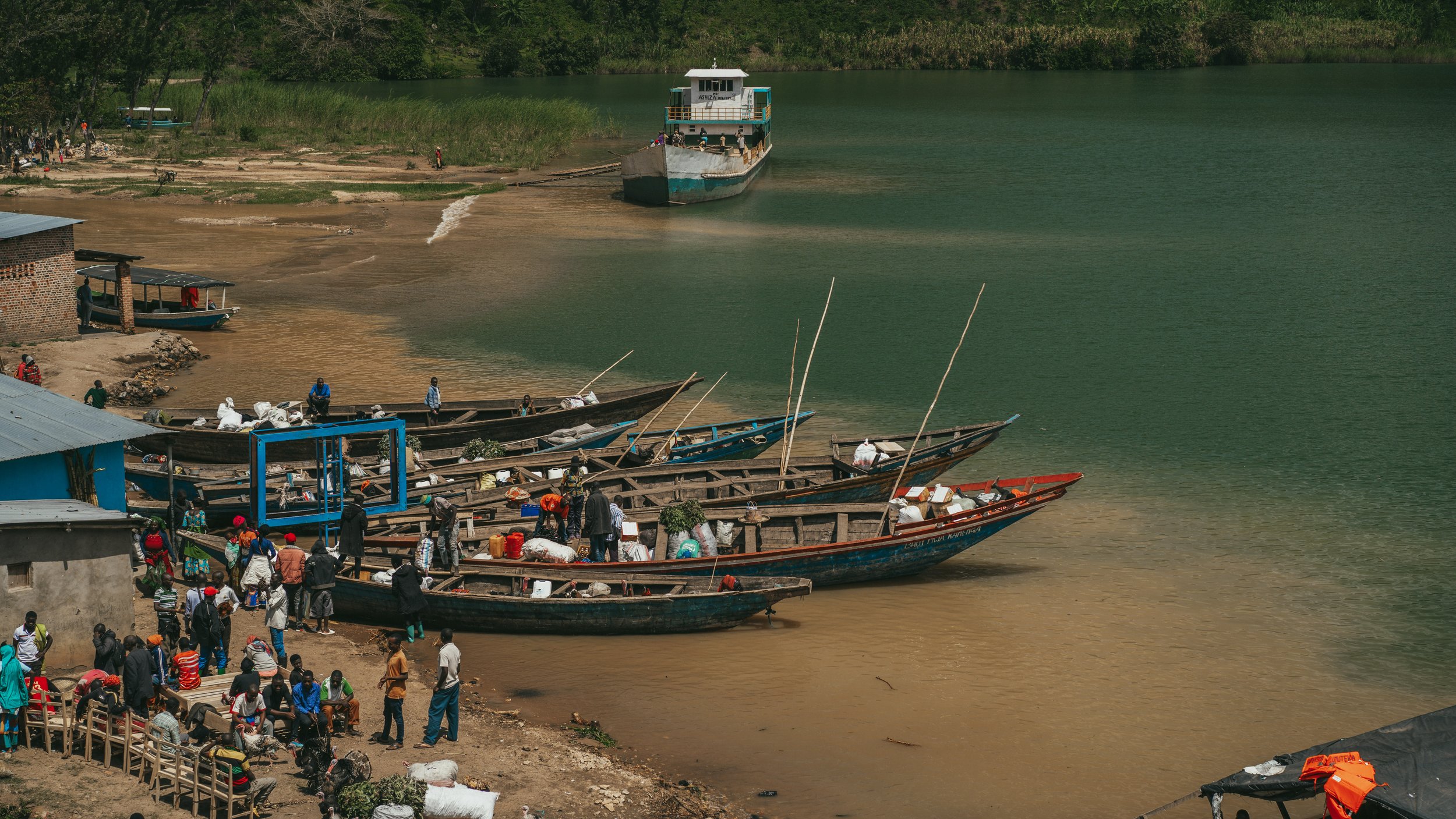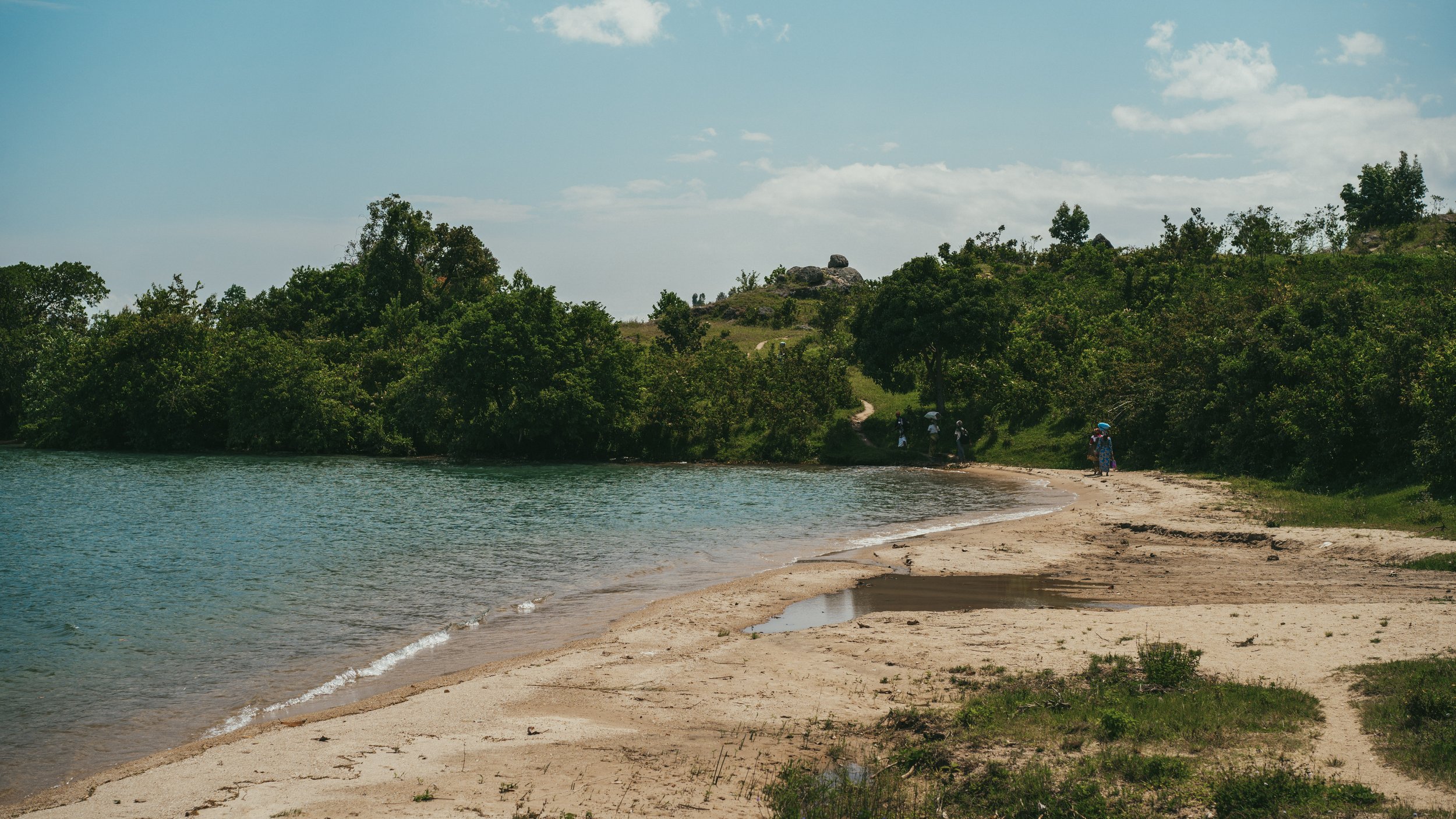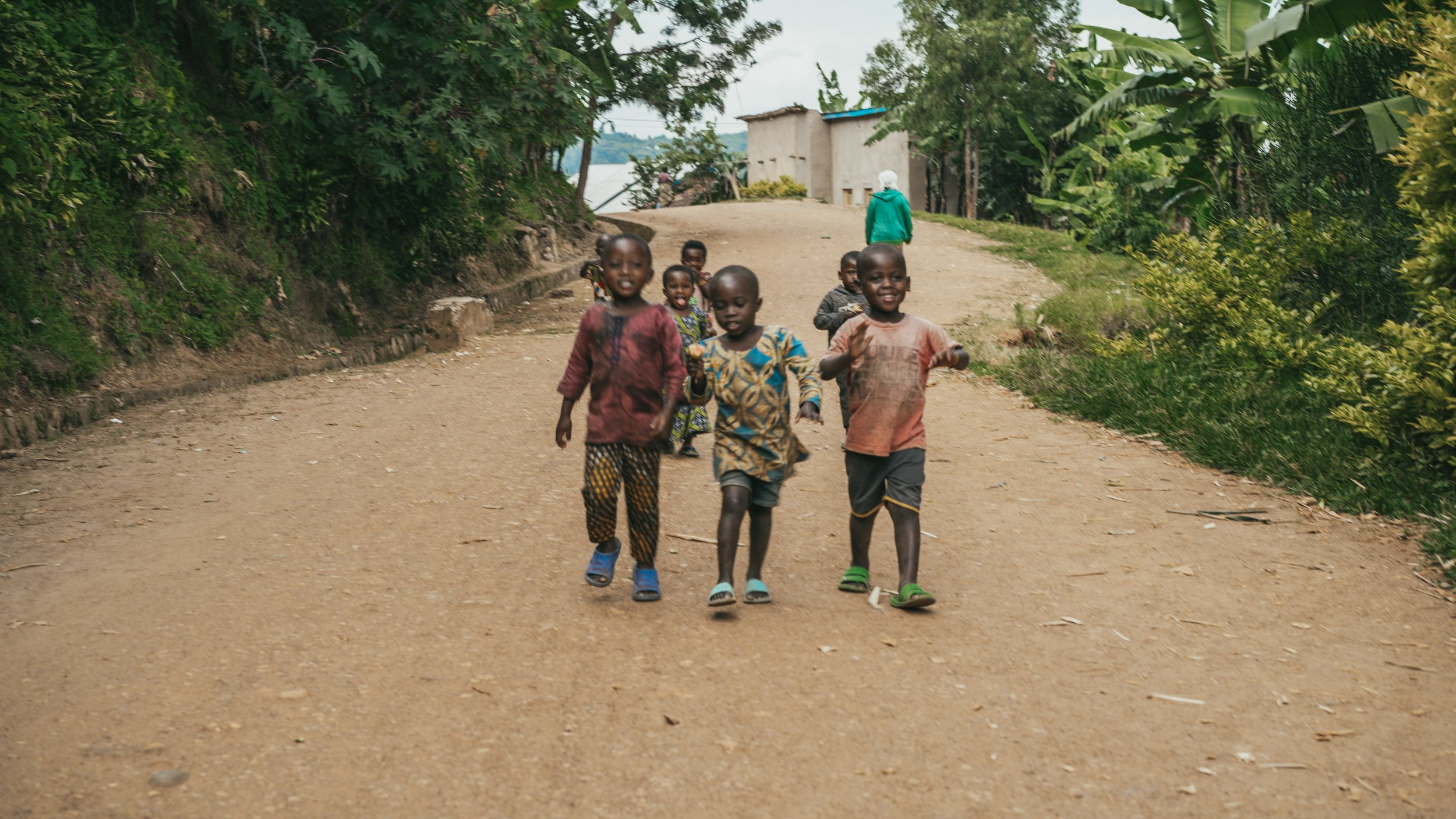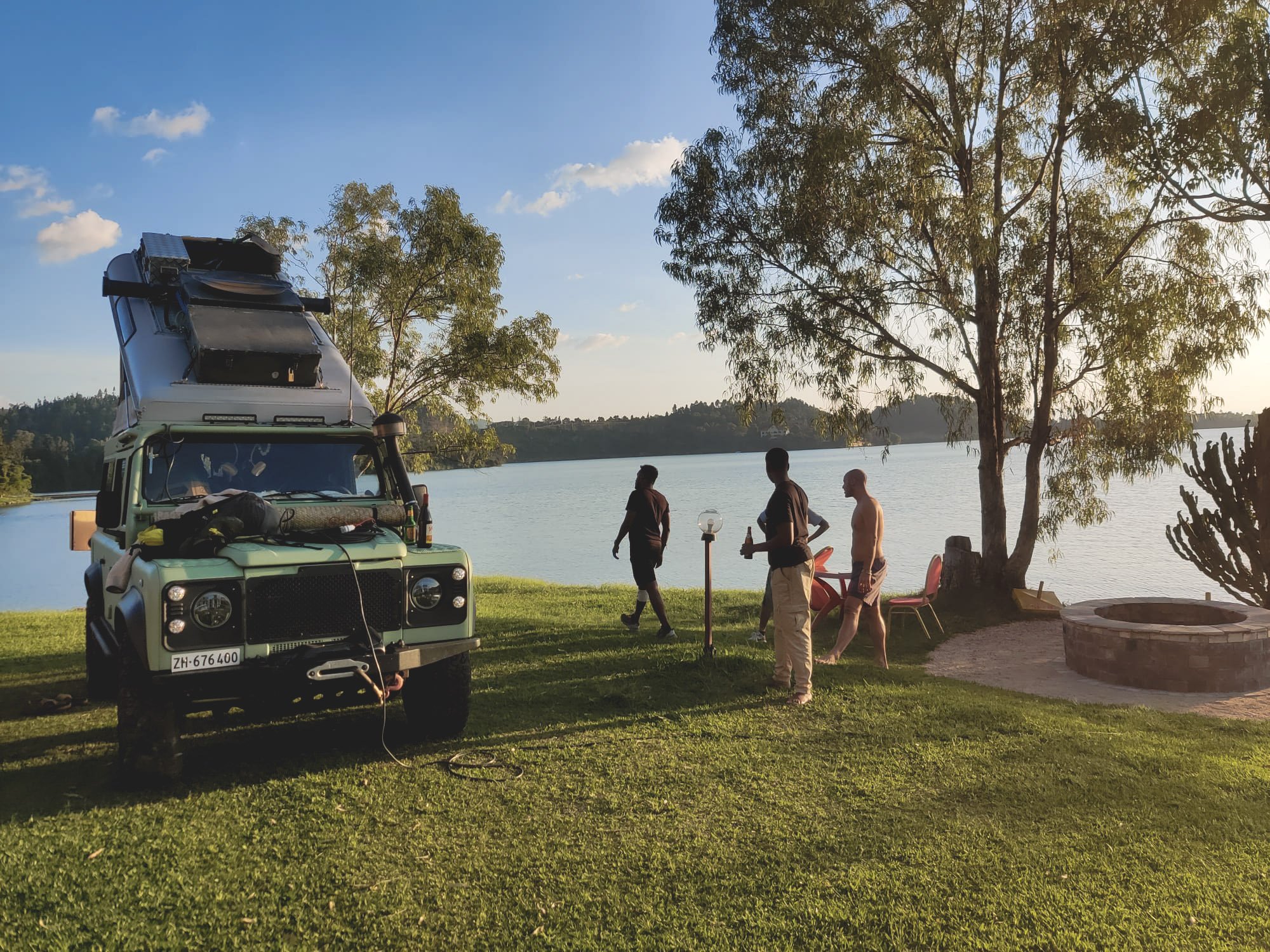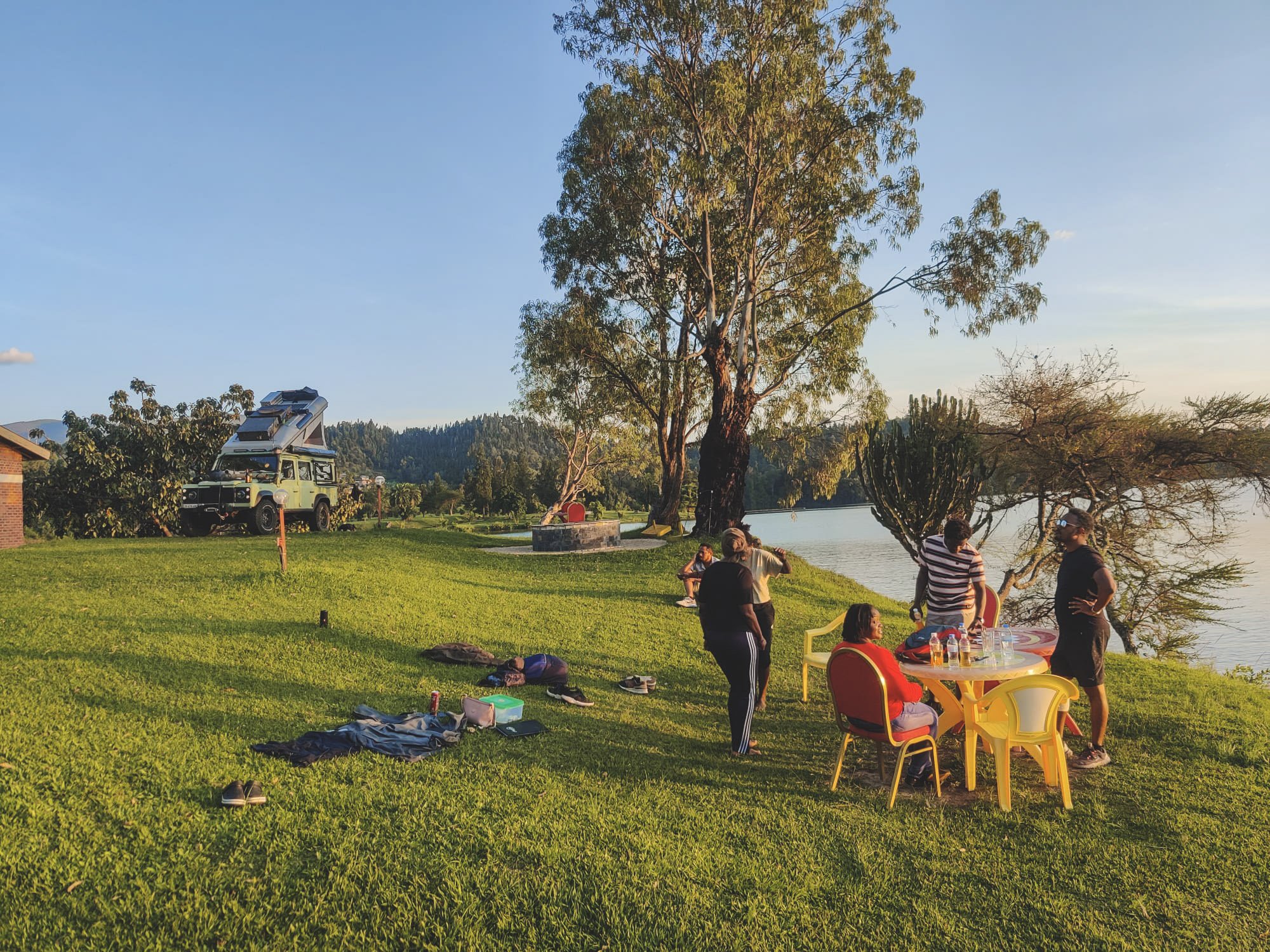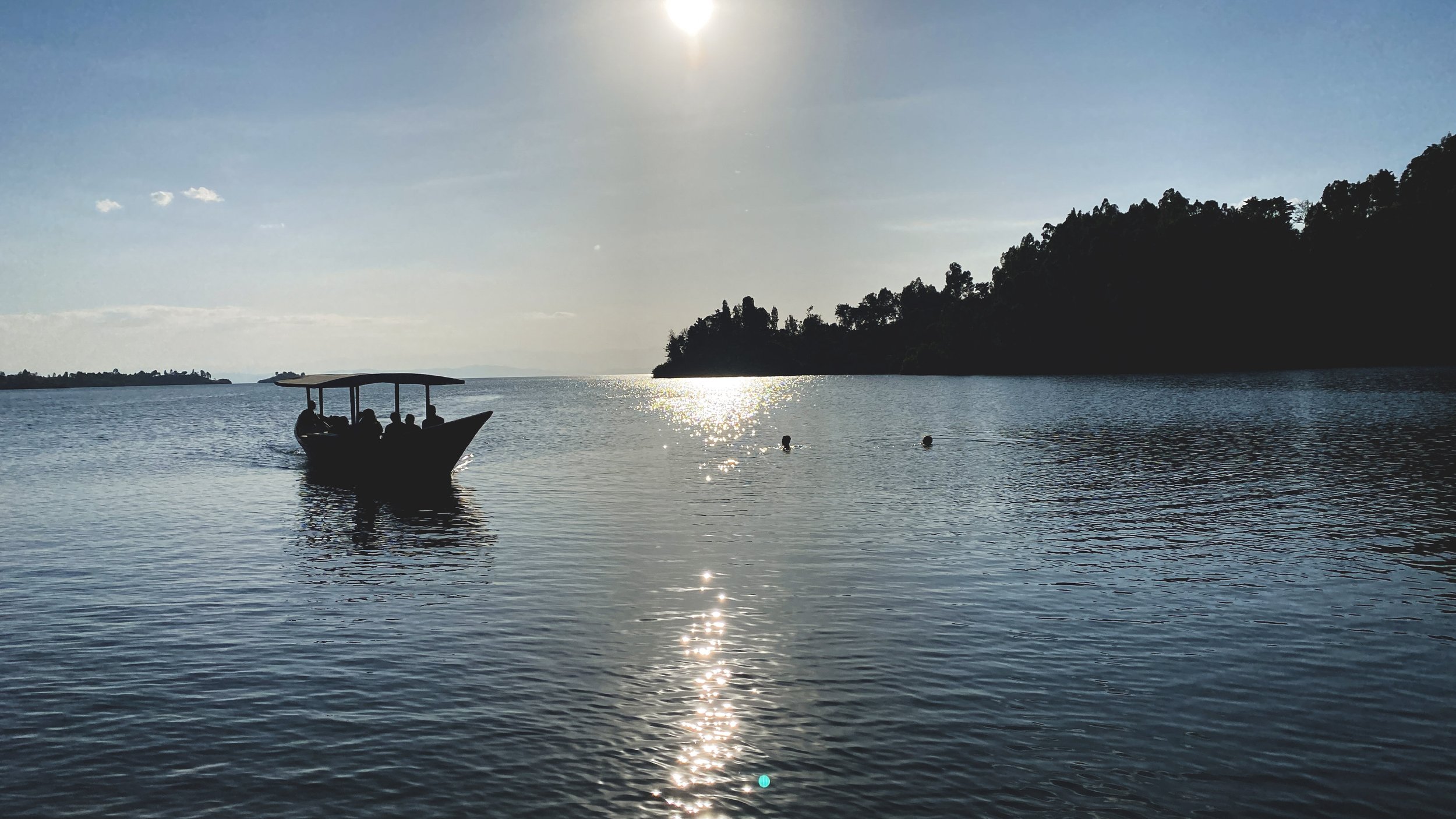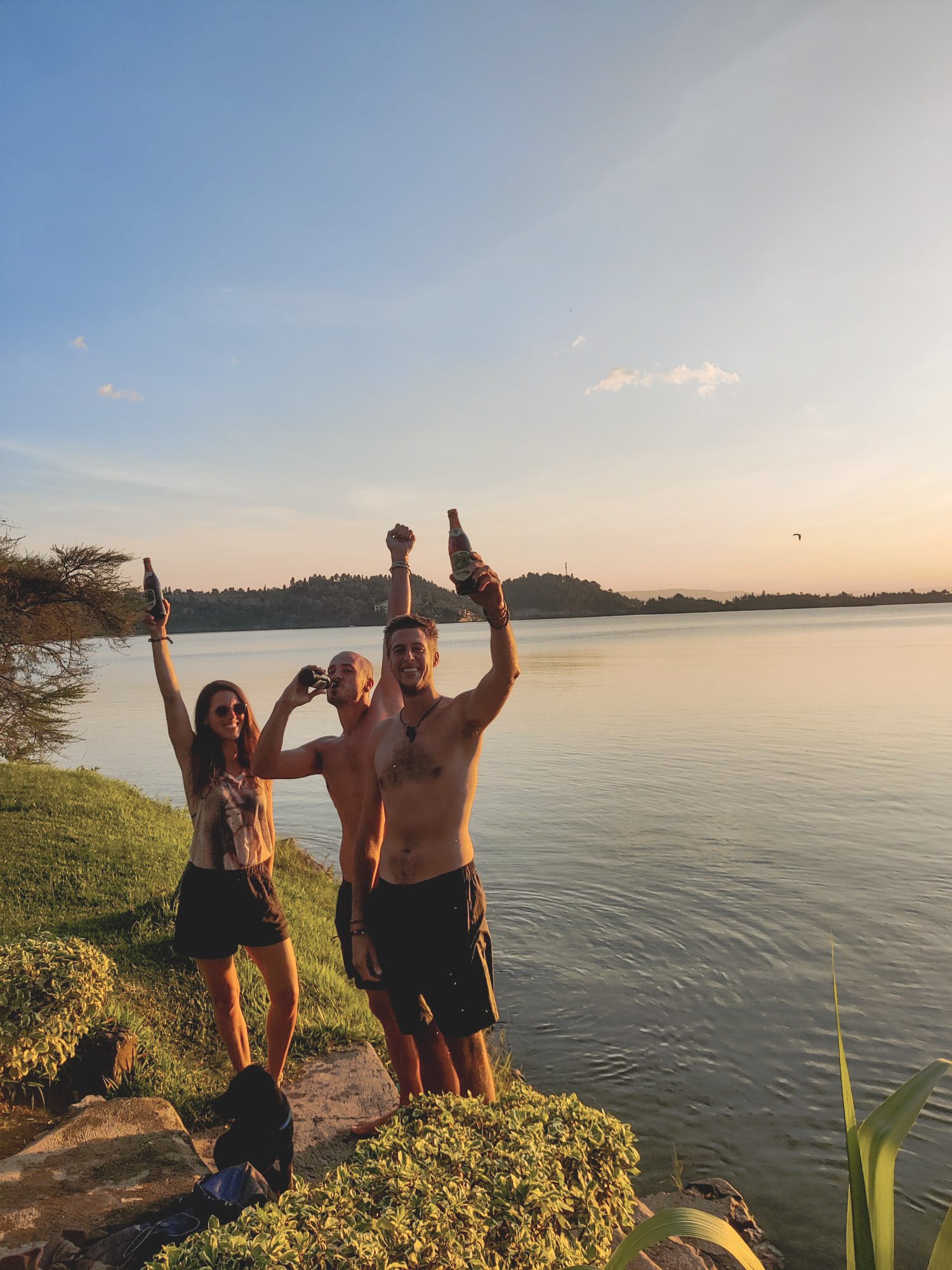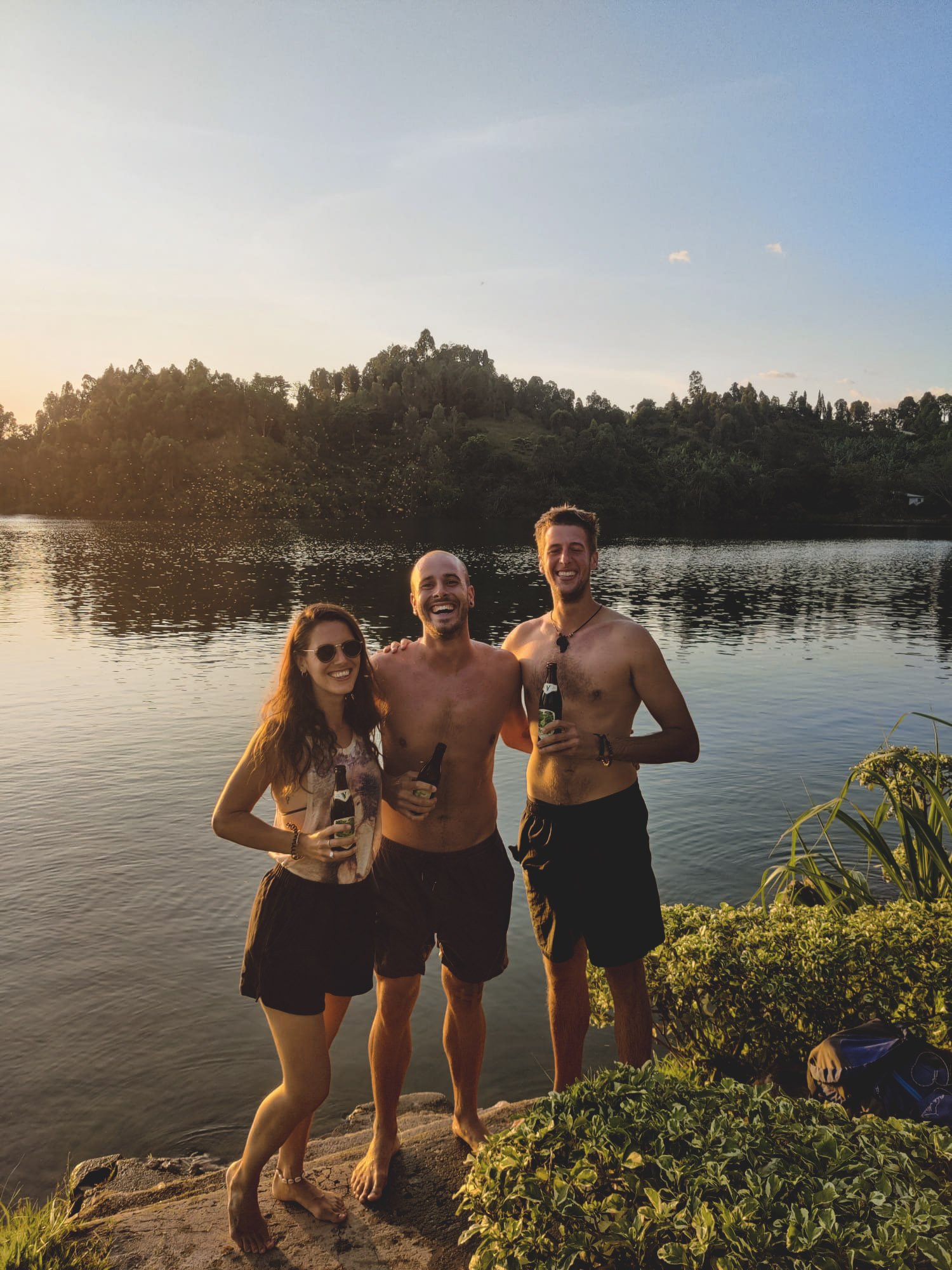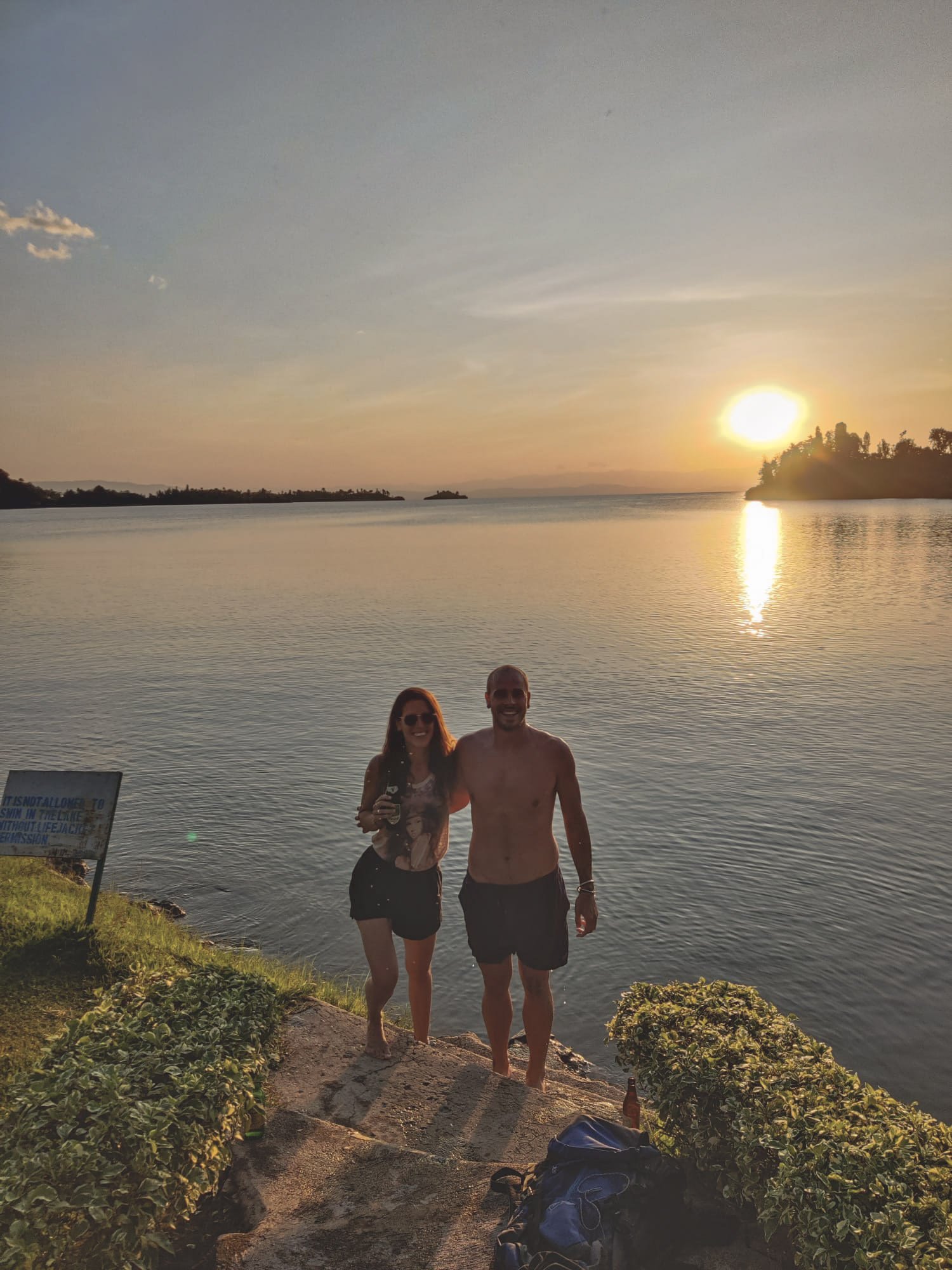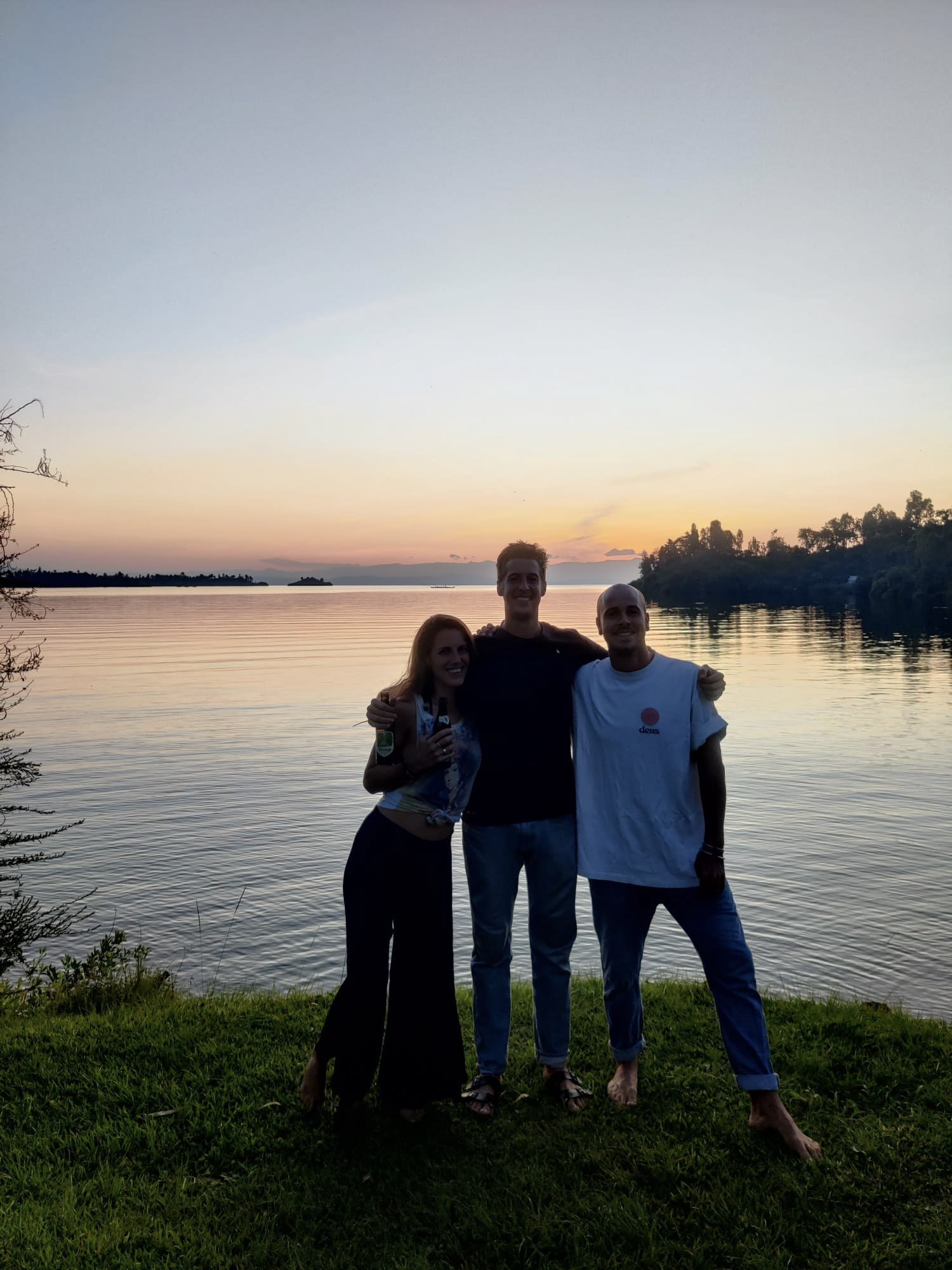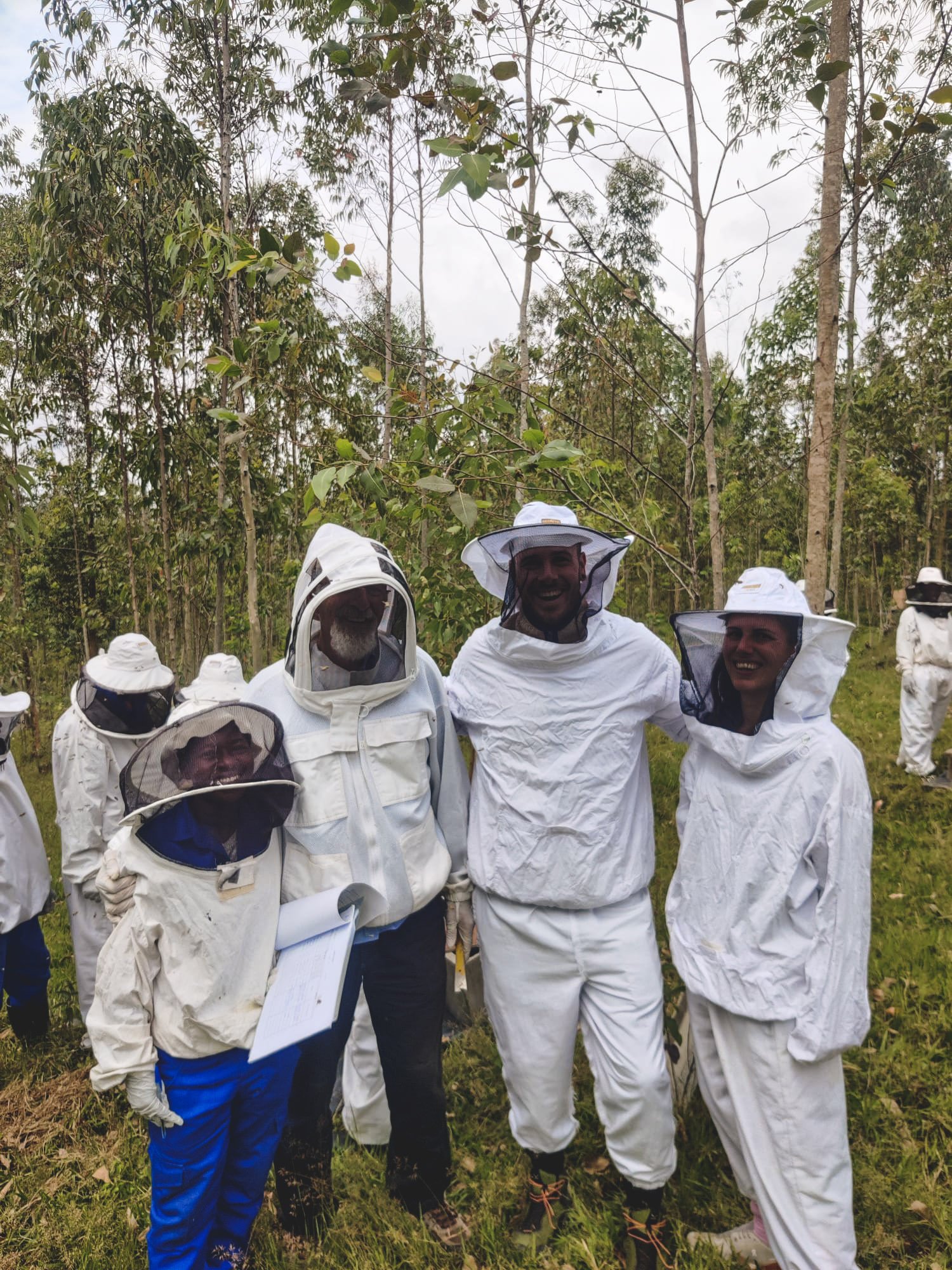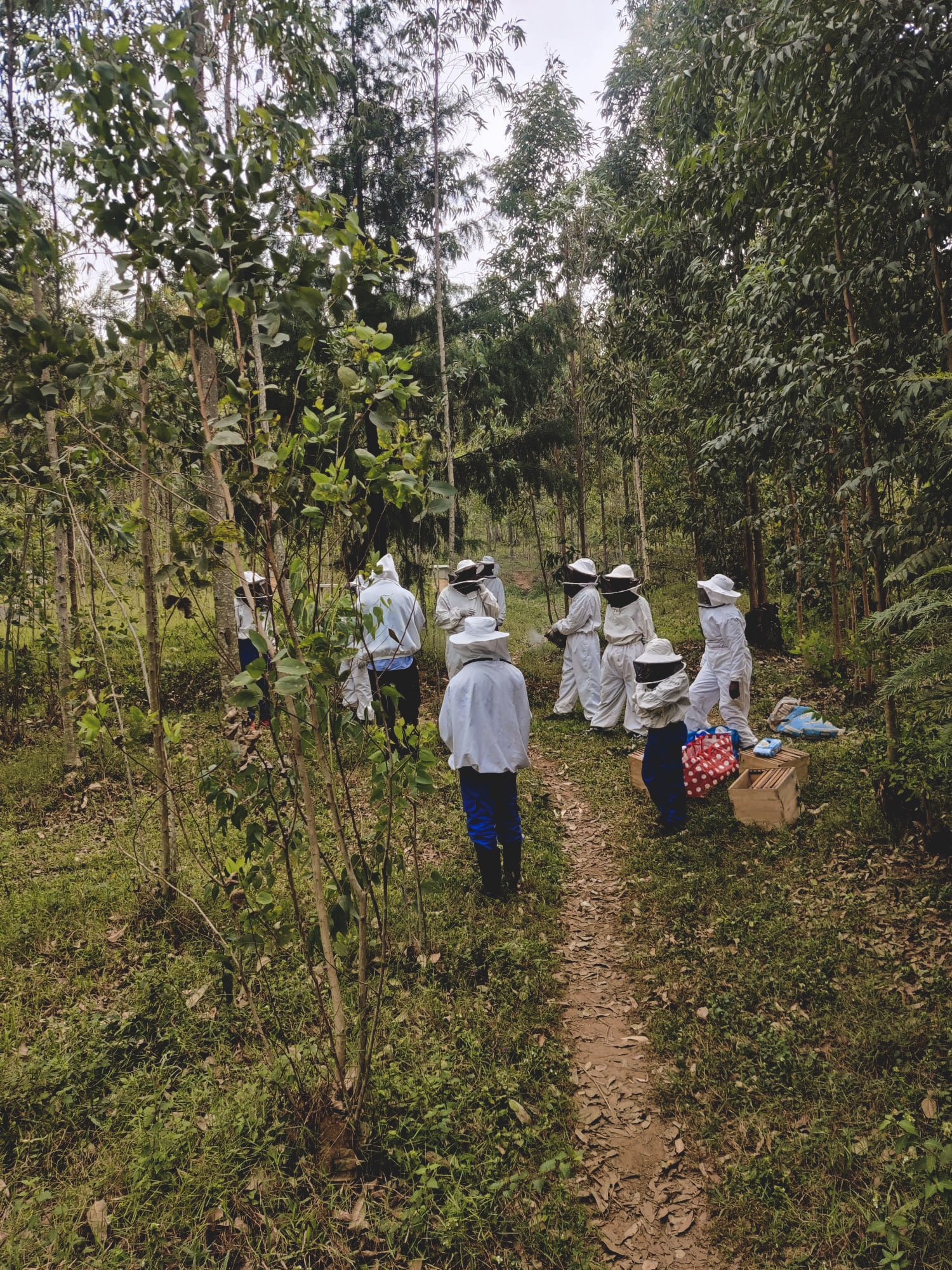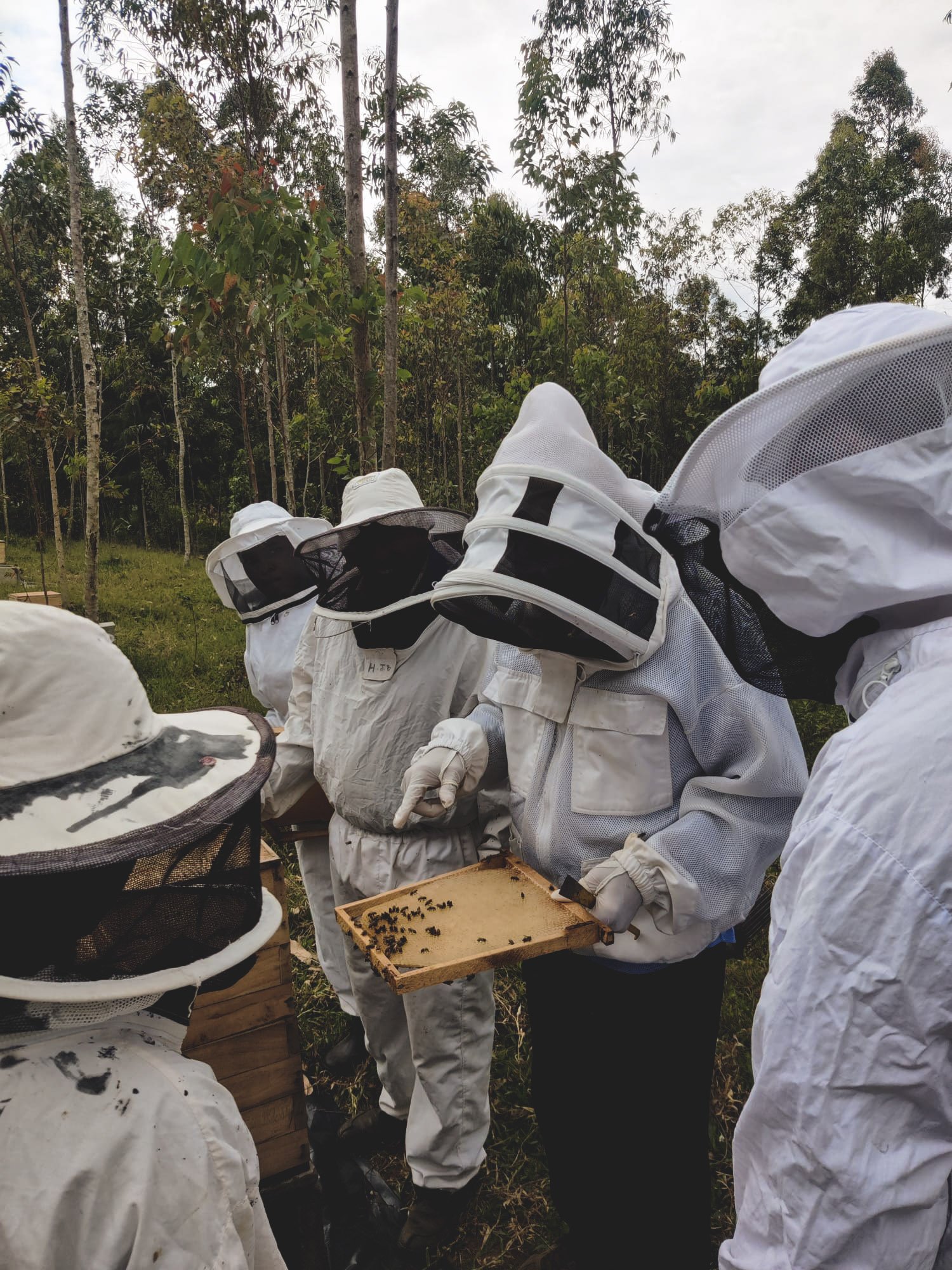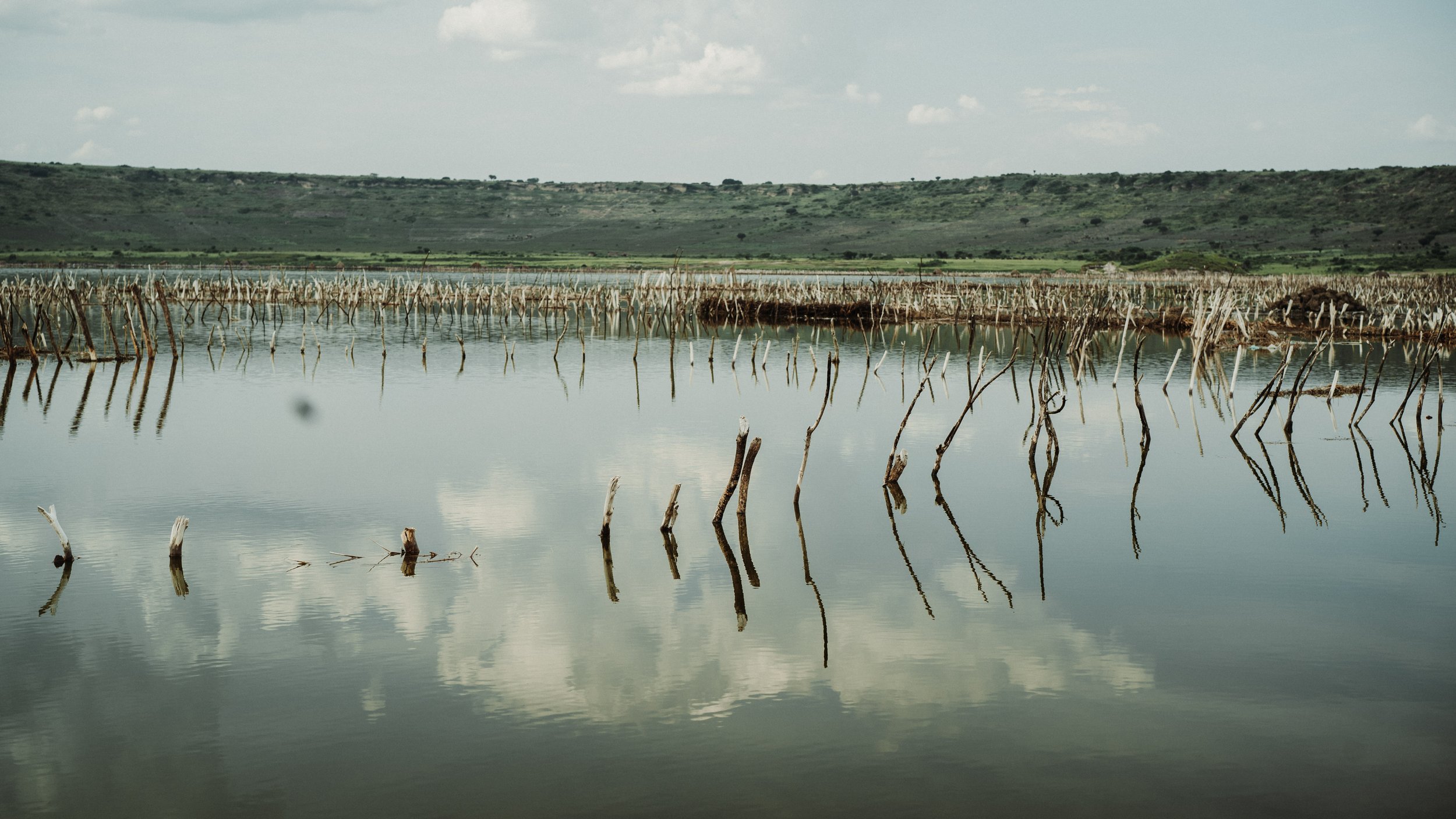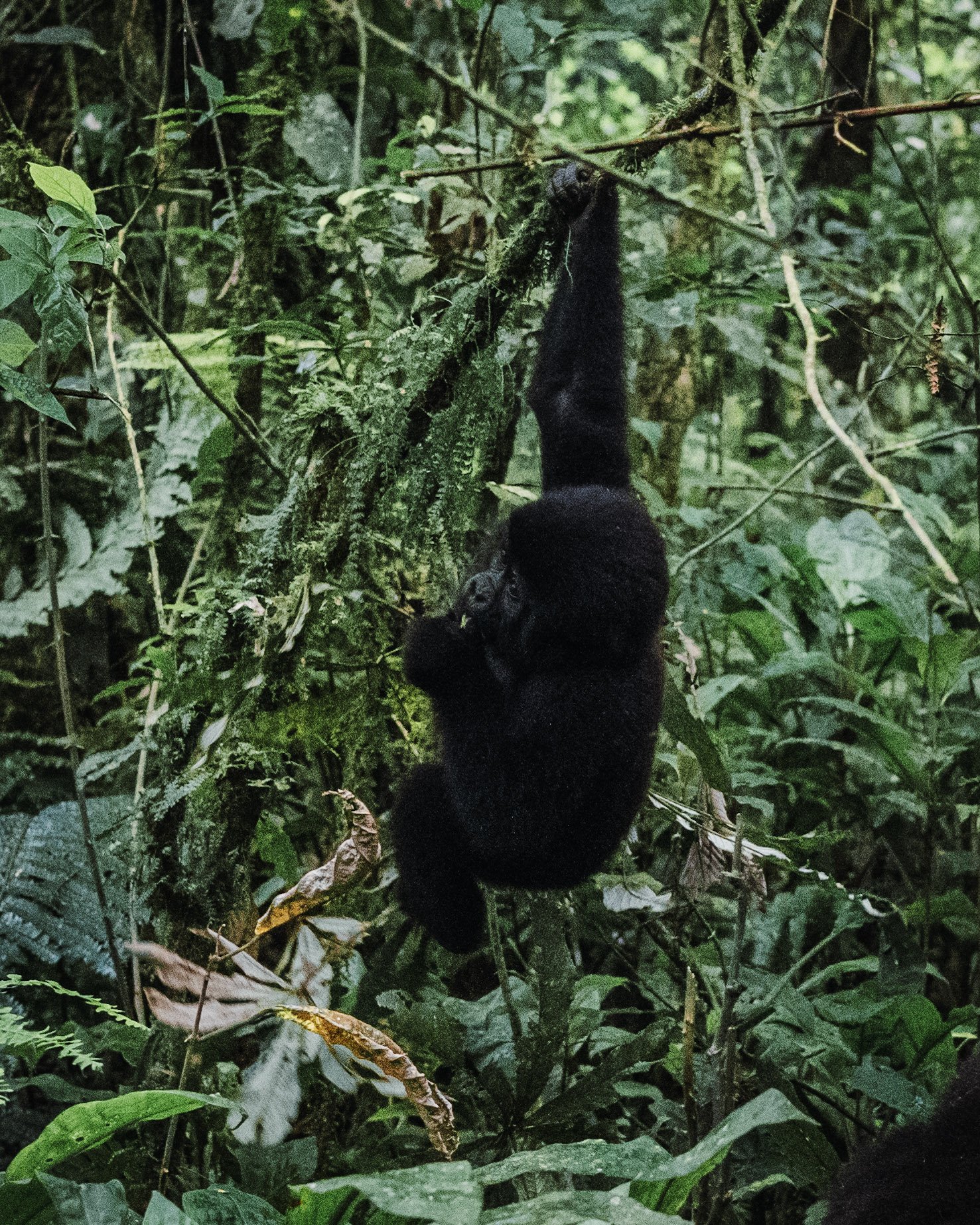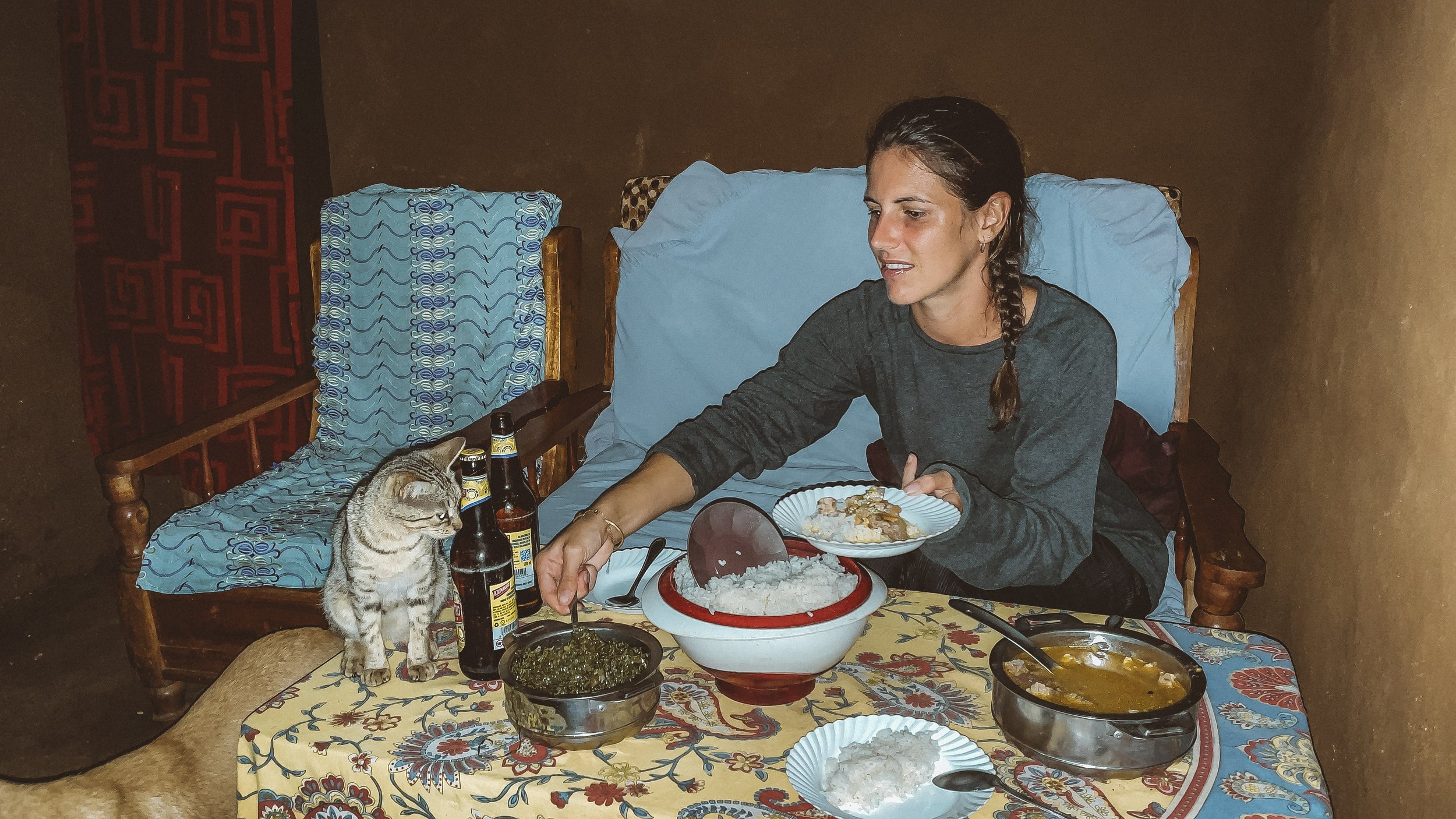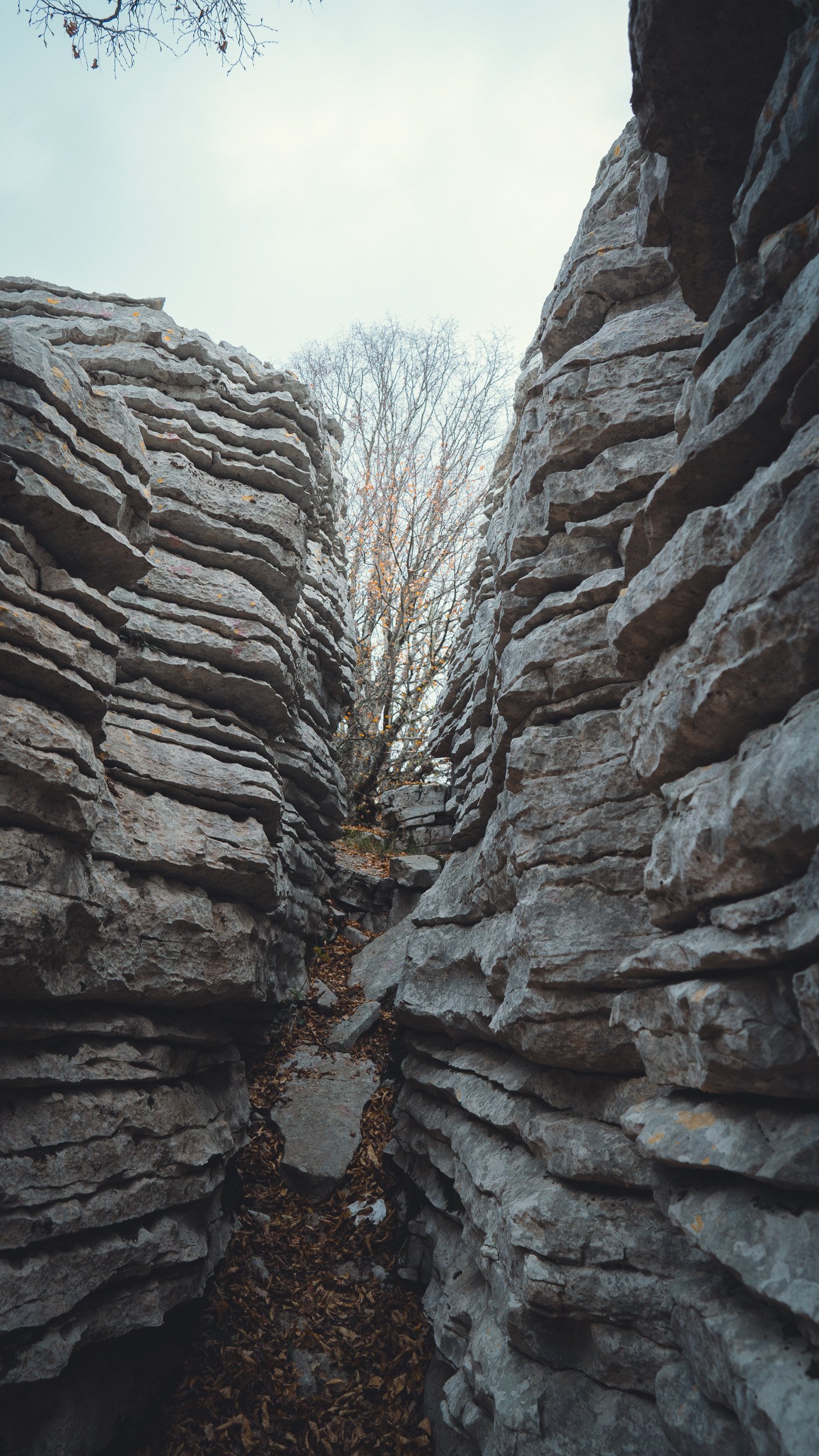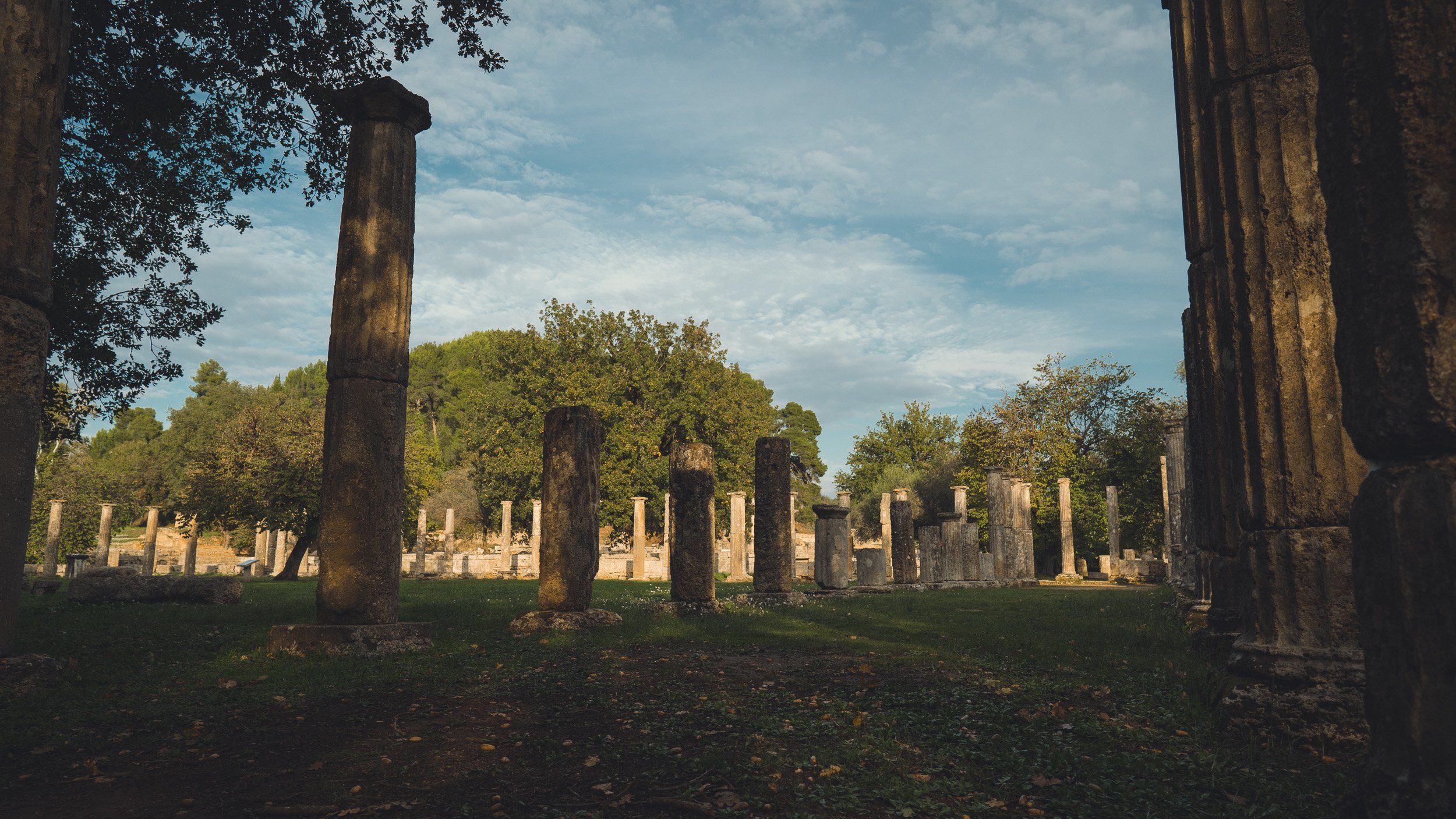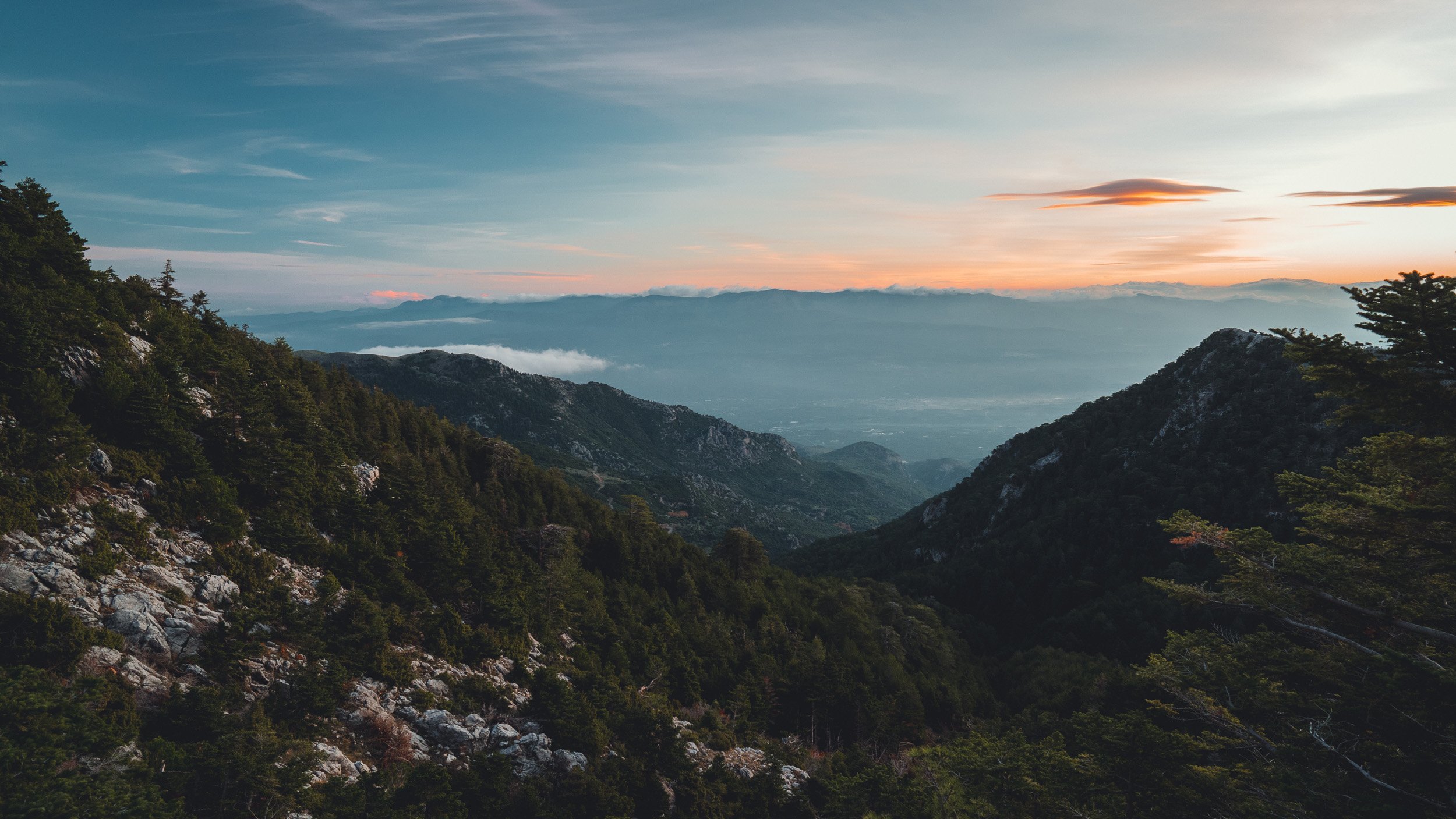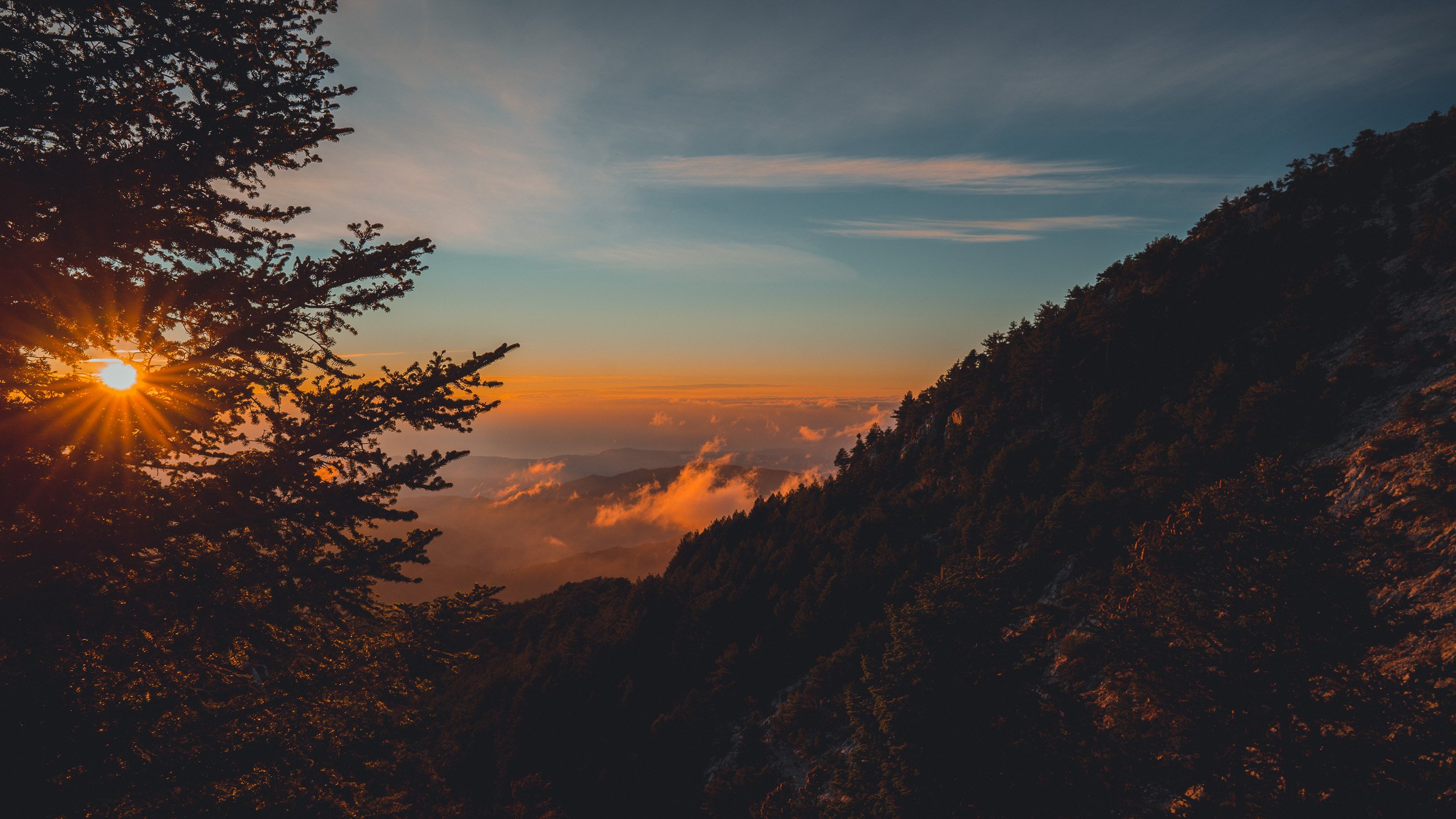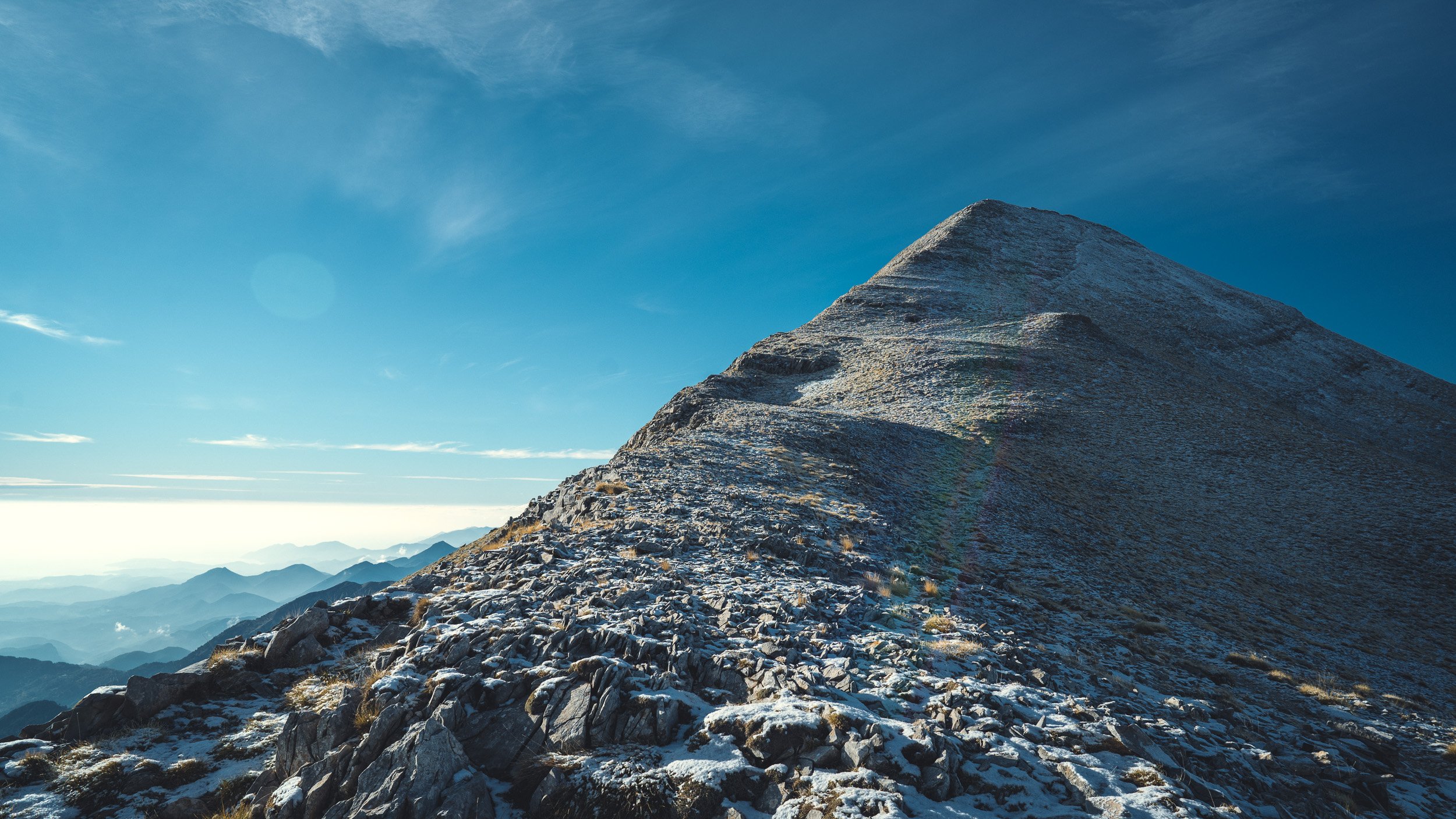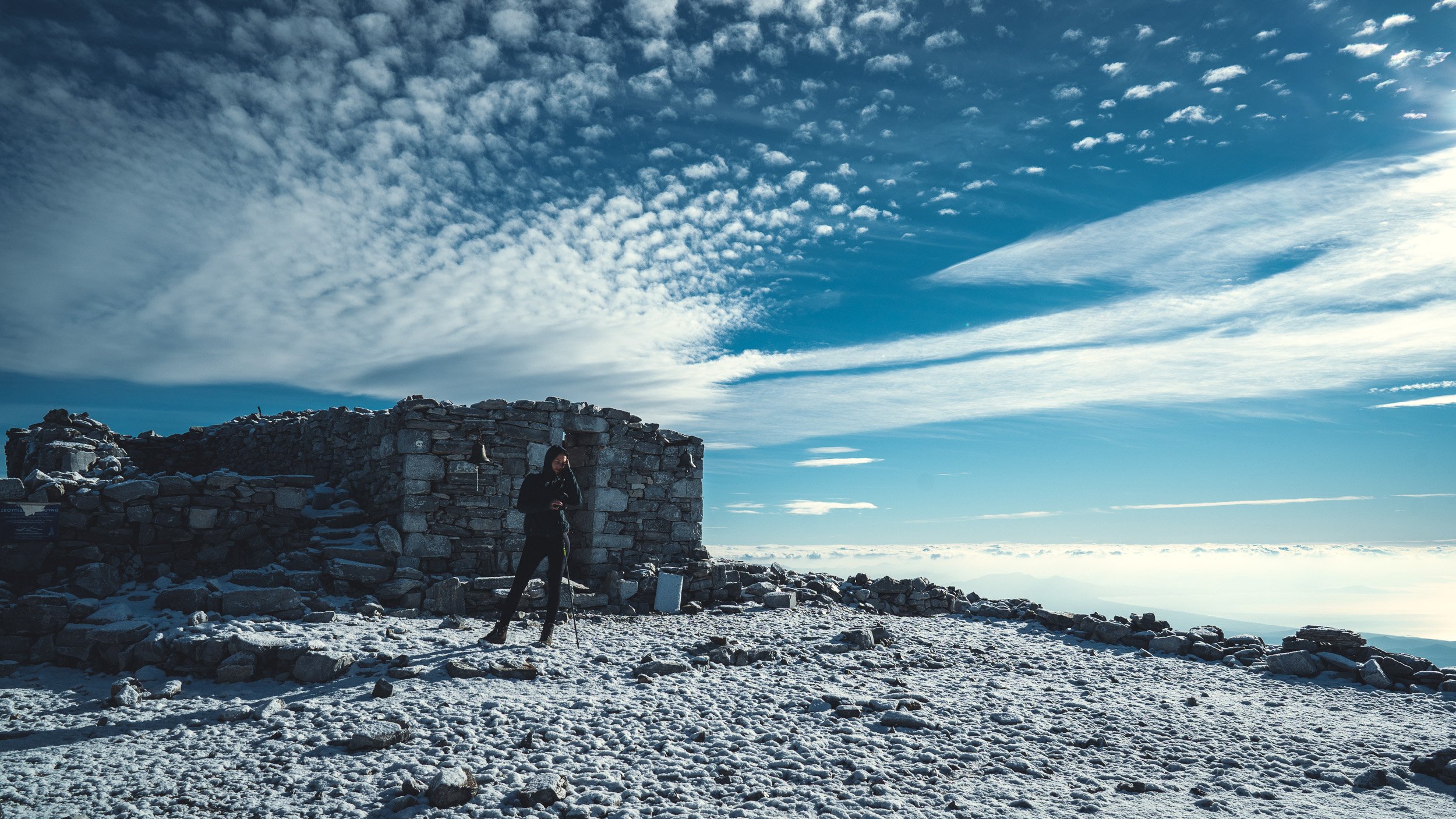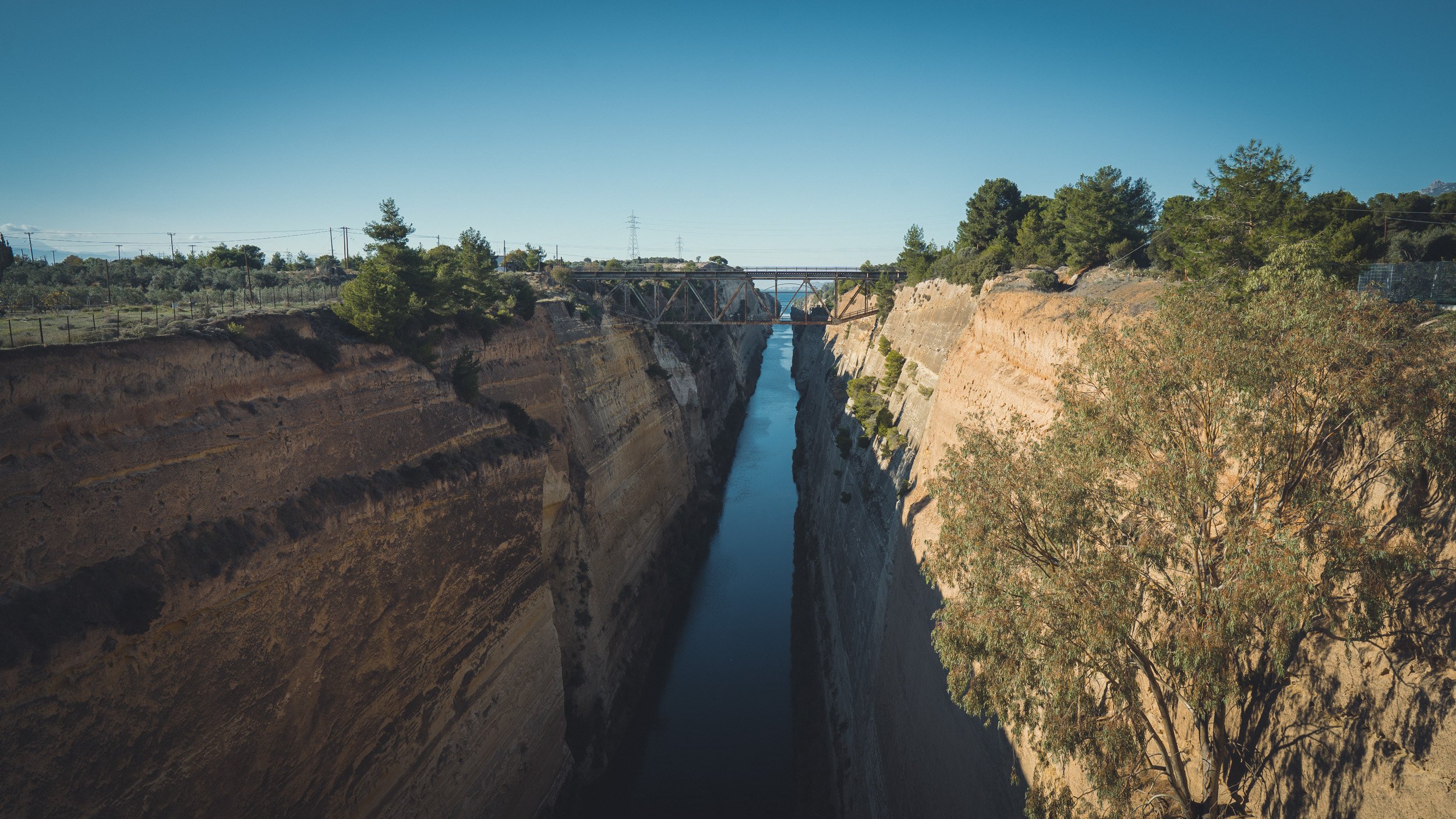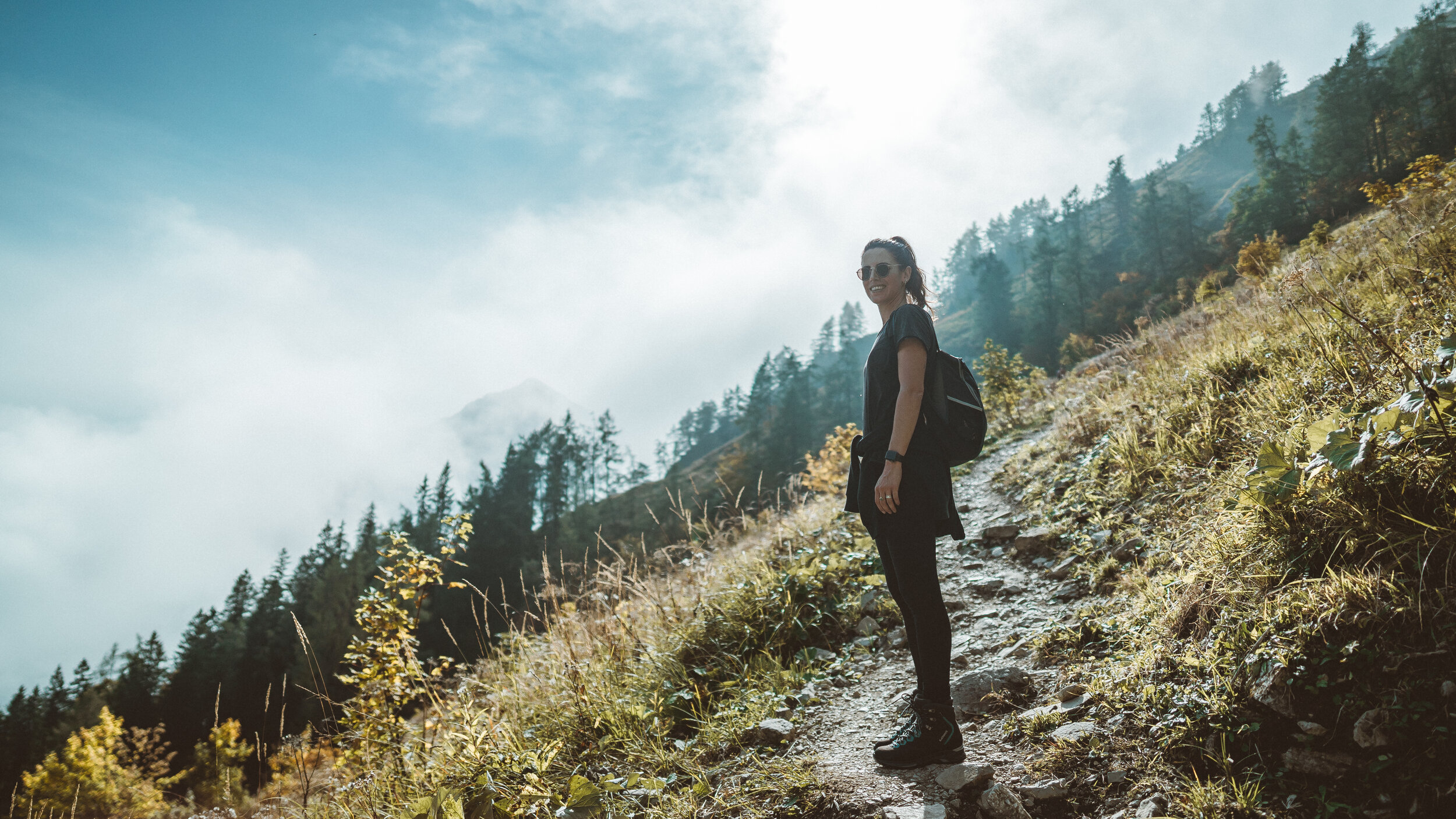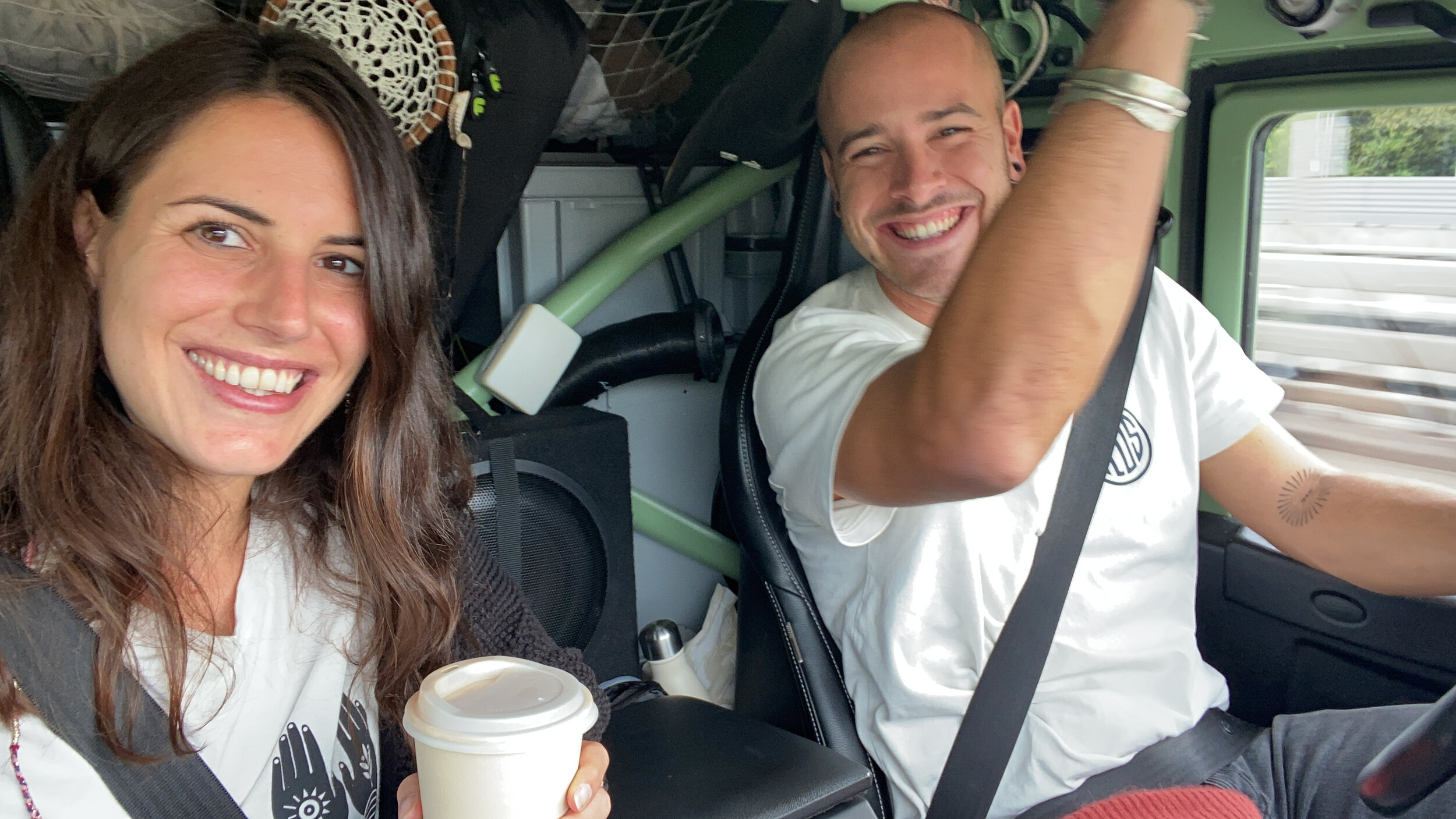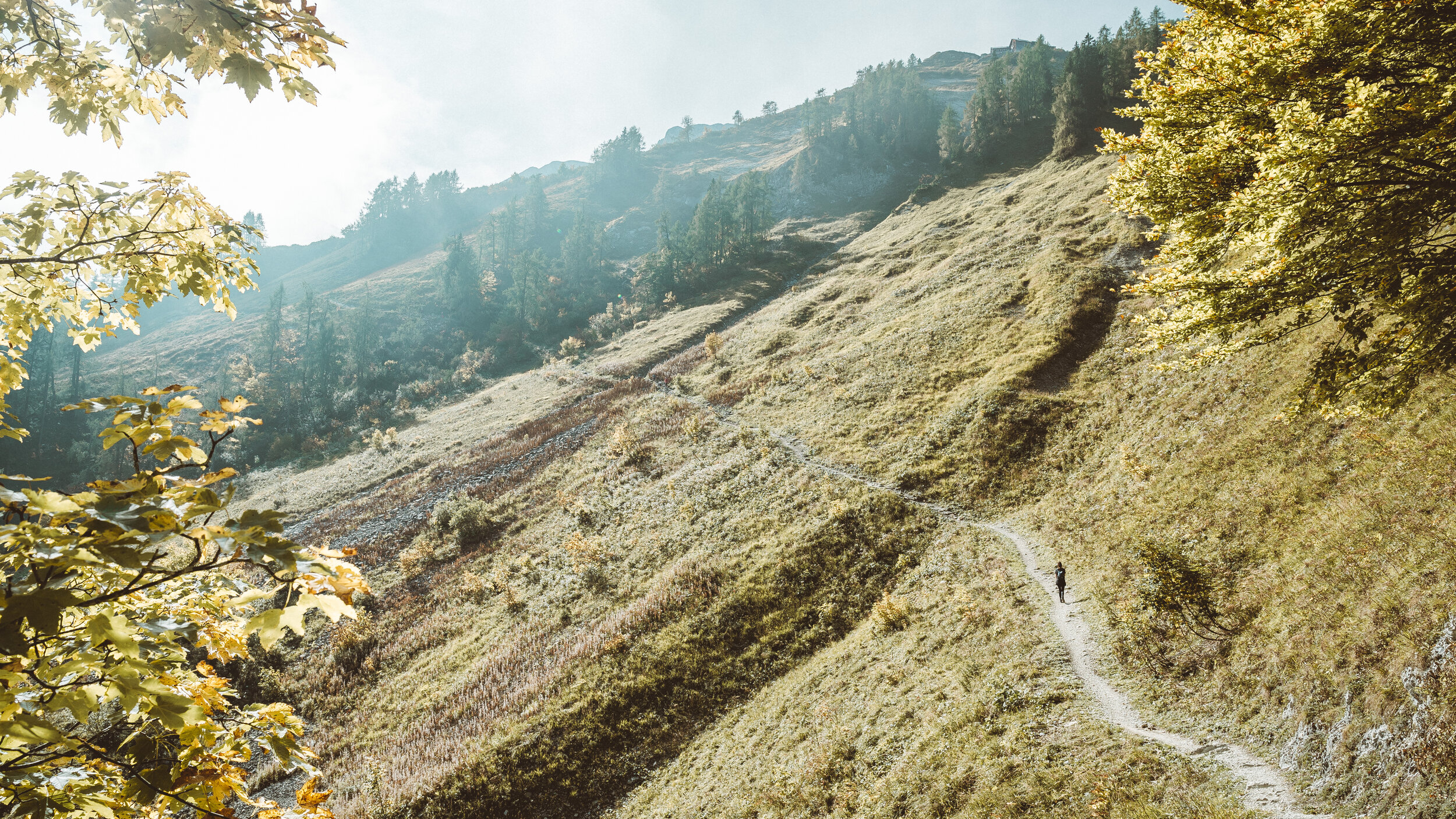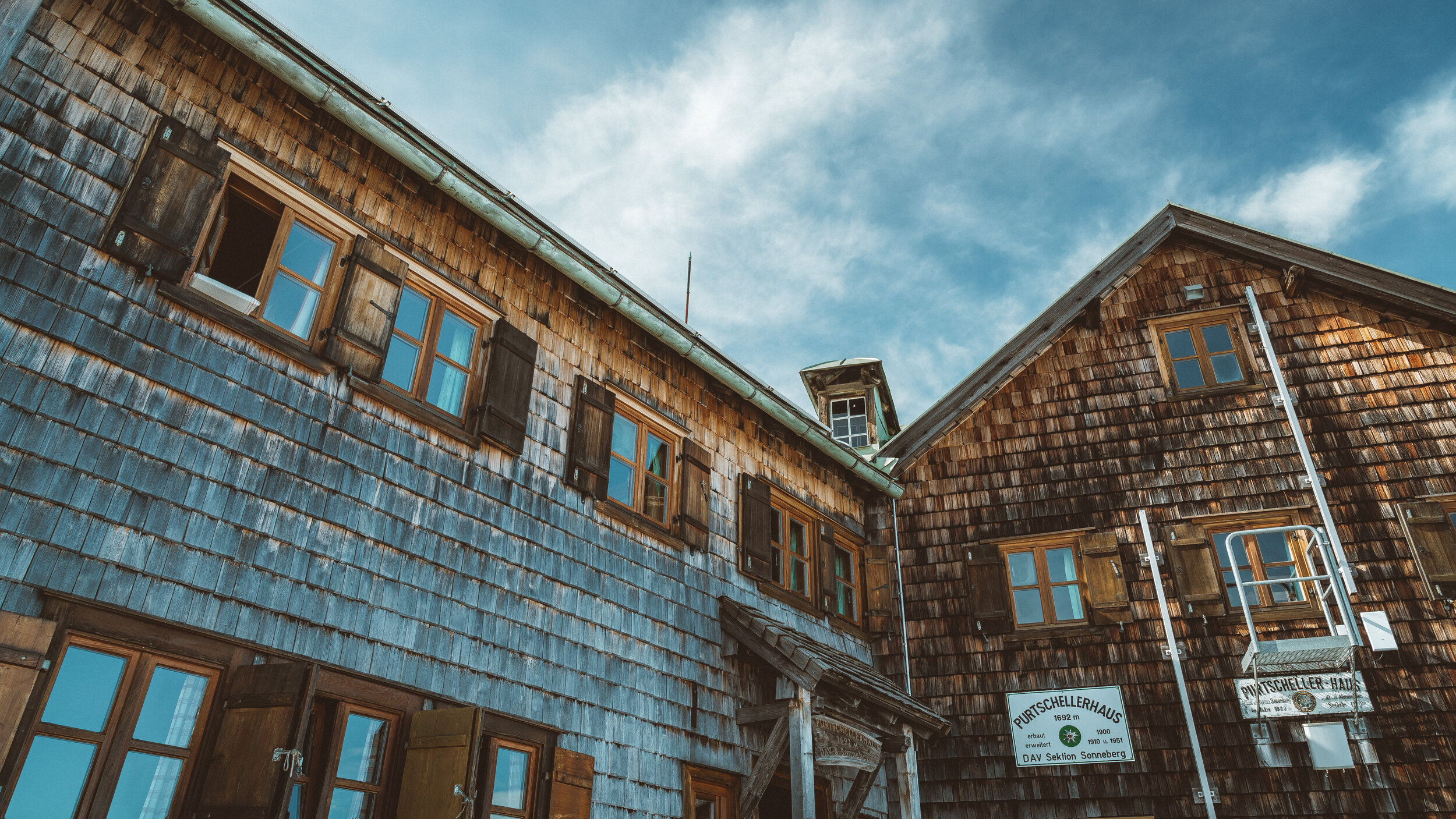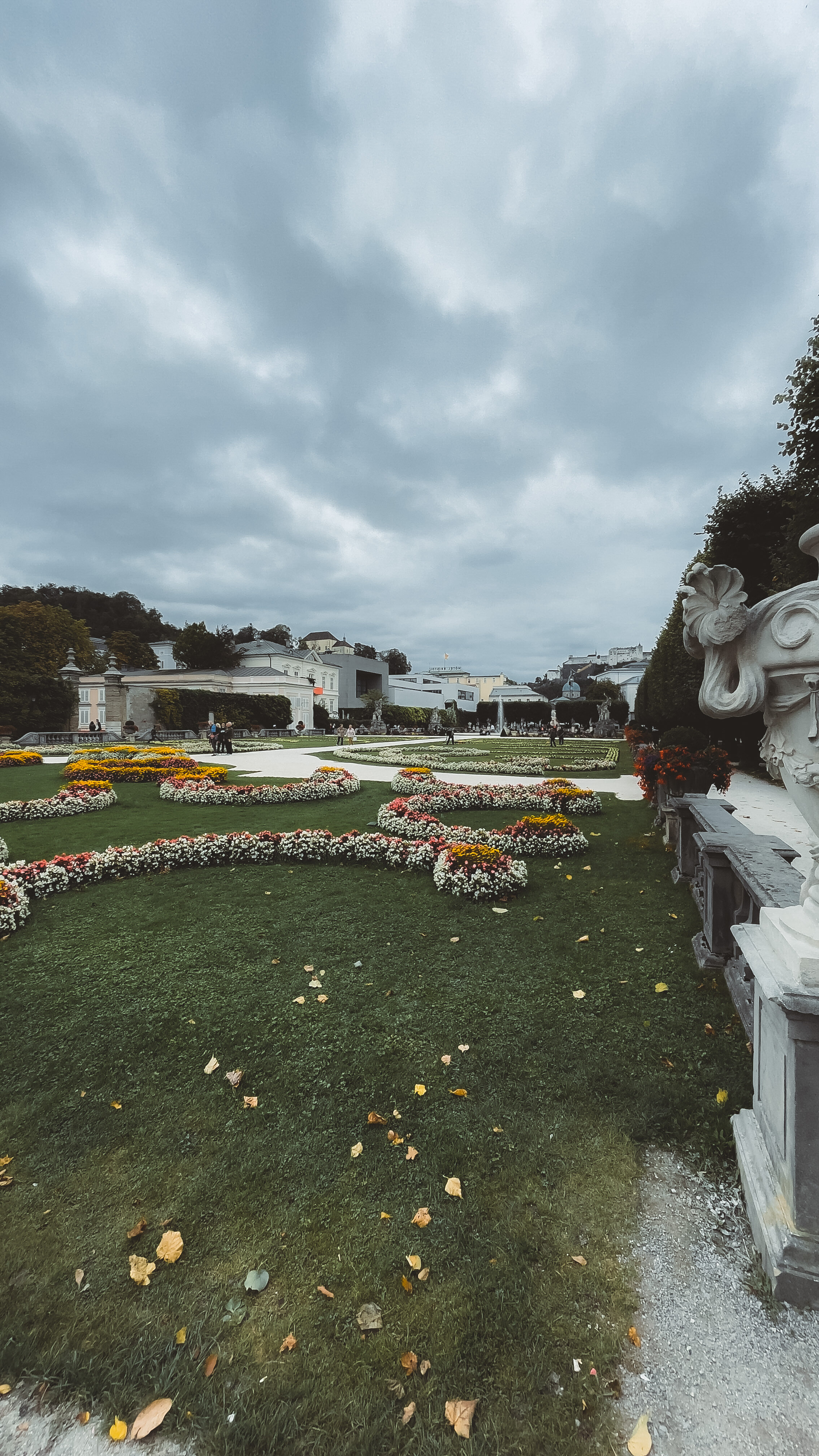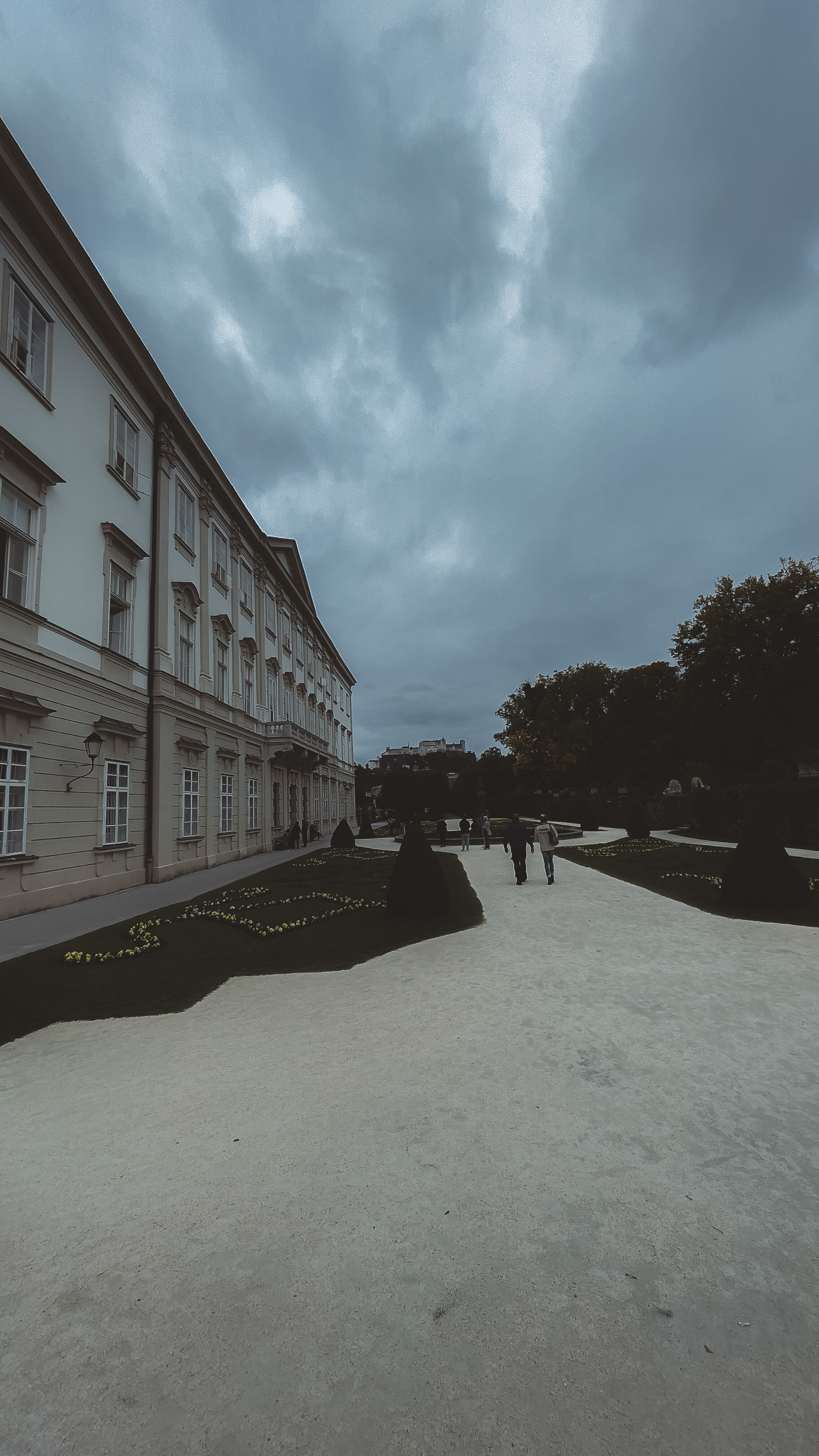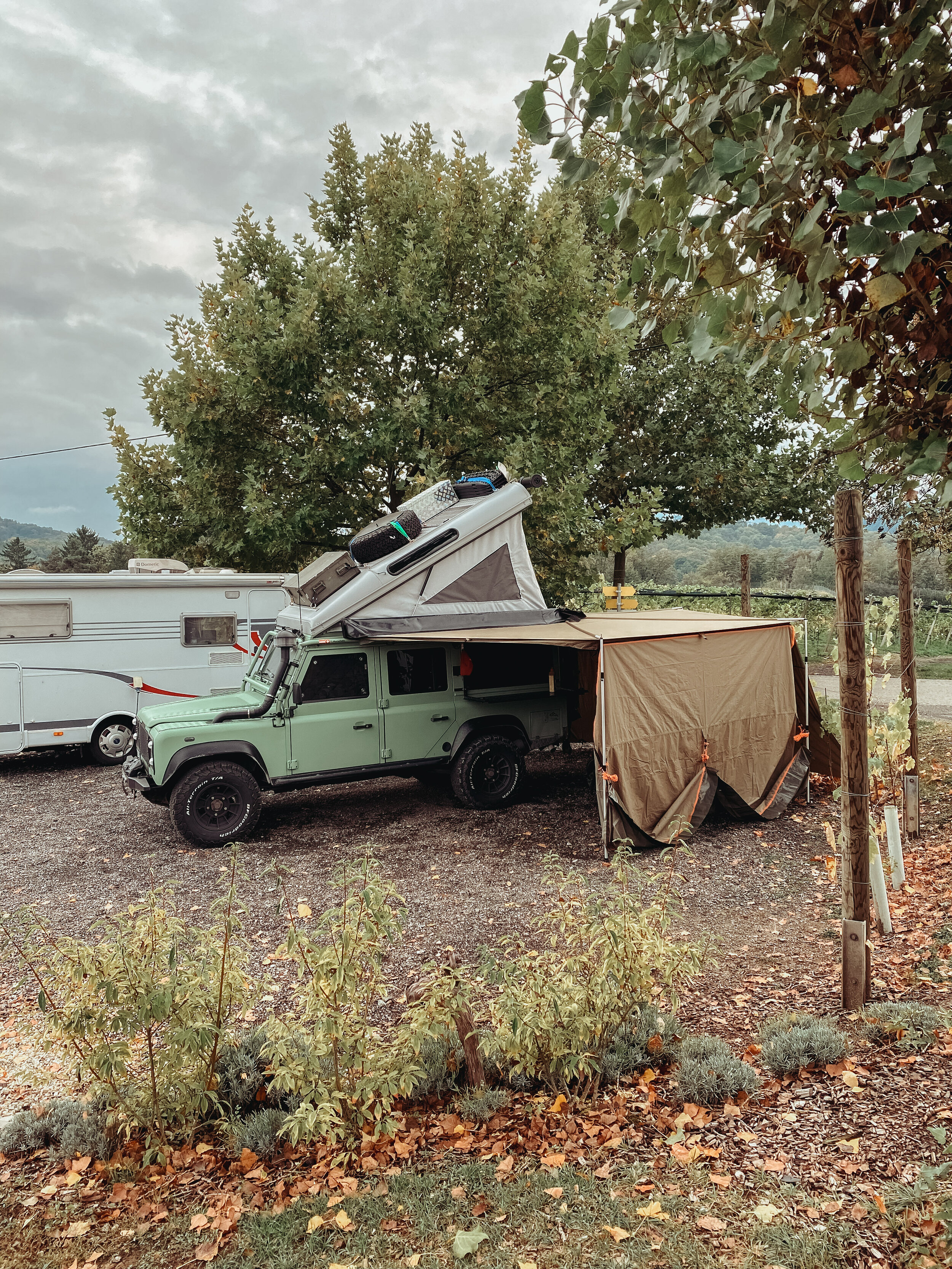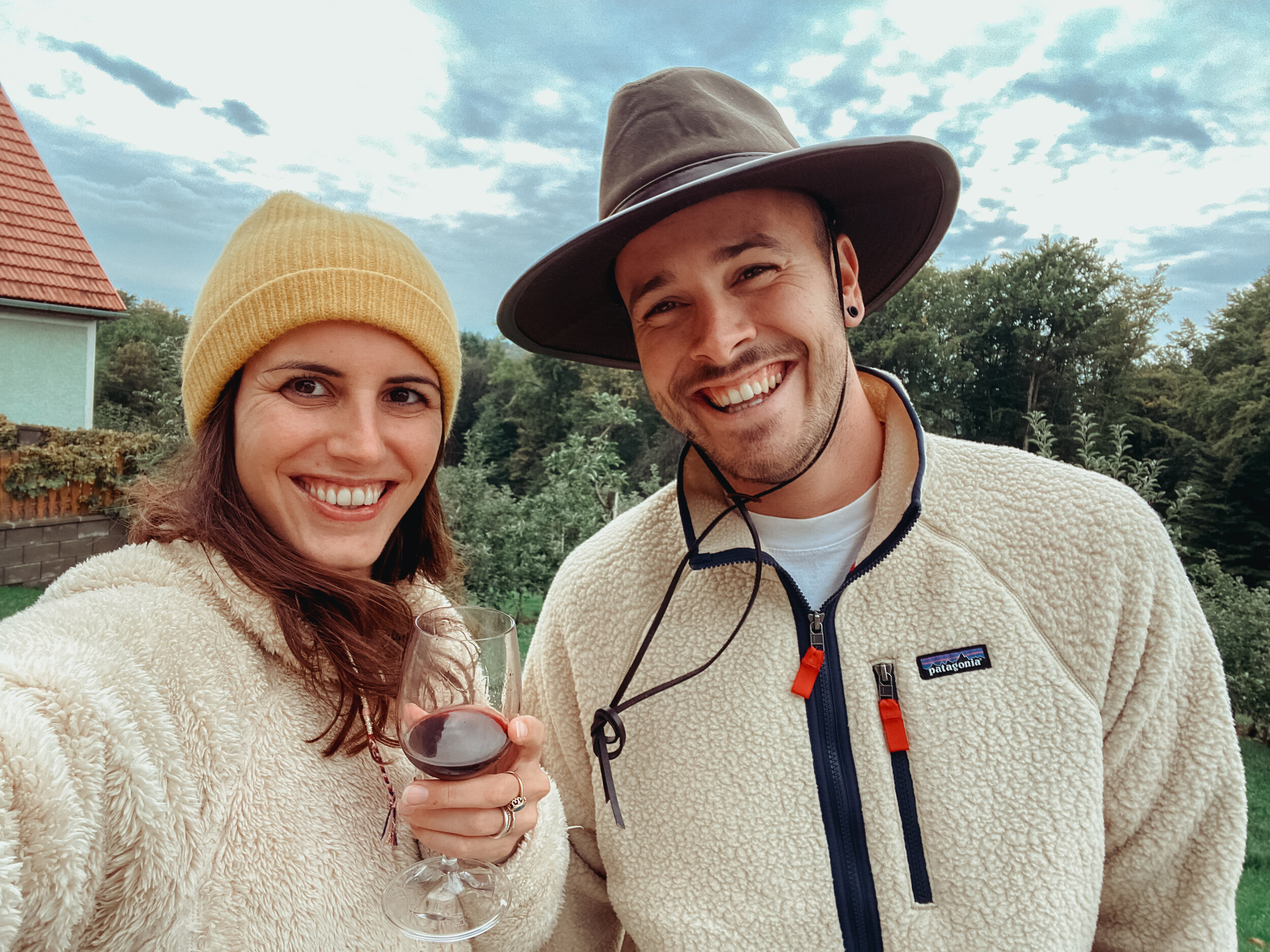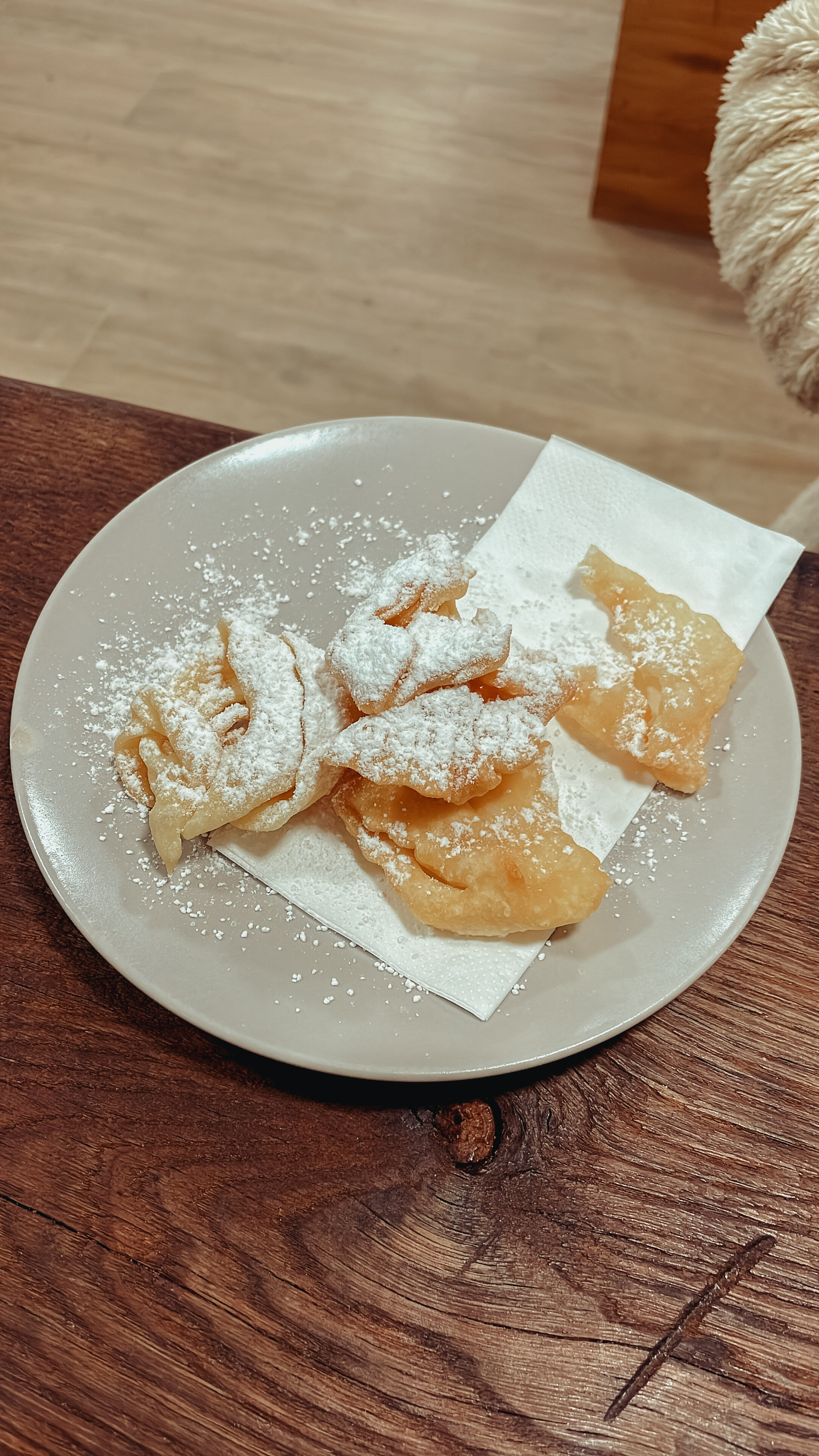The roads from our last stop in Mozambique at Willie’s Mango Farm up to the border to Zimbabwe were much better than the N1 we had to drive the previous day. It was a scenic drive and we arrived at the border around noon. Exiting Mozambique was easy, even though we had to wait for about 20 minutes until the officers stamped us out. We were the only ones at the border, but I’m not sure if the system wasn’t working or if the two immigration officers working there didn’t have much experience with European travelers passing through this little border post. But eventually, we had our passport and the Carnet stamped correctly and were ready to continue to Zimbabwe. For the first time in a while, we were asked to show our Covid certificate first before we could pass to the immigration office. Again, we opted for the visa on arrival, which wasn’t a problem at all. We paid the 30 USD each and received a tourist visa for 30 days. On the other hand, the car’s fees were higher, 30 USD for mandatory insurance, 10 USD for road tax, and 10 USD for carbon tax. We paid the fees and decided to cook a small lunch right at the border, because we were getting hungry. We offered a coffee to the immigration officers and the health check guy, and since it was their time for lunch as well, they invited us to join them to eat together. A lady was cooking Sadza (the typical African maiz dish) with some meat and veggies for everyone working at the border and we only had to bring our plates and were served a delicious meal. We had a blast with everyone asking them about their favorite spots in their country and telling them about our travels.
We first wanted to drive to Chimanimani, a place up in the mountains in the east of the country. We read about a nice farm that offered camping and texted the owner Tempe, who told us we were very welcome to stay at her place. The drive up to Chimanimani was beautiful but also quite long, so by the time we arrived at the Farmhouse, it was already getting dark. We decided to do a quick workout before dinner and bed, and to make new plans the next day. It got quite chilly at night; we could definitely feel the height, but drinking a hot cup of coffee in the morning under some blankets while listening to the birds and watching the horses around our car was very nice and such a change from a couple of days earlier when we were still sitting at the beach in Mozambique.
We wanted to hike in this area and check out Tessa’s pool, a famous waterfall and swimming spot nearby. We packed up our camp and drove to the Outward Bound Center, a big outdoors center where you can park the car to go to Tessa’s pool. The Center is also a place where schools or companies go to spend some days out in nature for team building events and being out in nature. The manager welcomed us warmly and also invited us to camp there. It was a beautiful spot, so we set up our camp and walked to the pools, where we went for a swim and enjoyed the scenery. The manager of Outward Bound also called the national park office for us to ask about the hiking options for the next day. It is mandatory to bring a guide with you to go on a hike in the Chimanimani National Park (like in many other places in Africa) so he informed them that we would like to come to the office early the next morning to go on a hike. They assured us that they would have a guide ready.
At Tessa’s pool, we met Michelle and Adam, another overlanding couple from the UK and Canada. When we were chatting about our travels and plans for the next day, they spontaneously decided to camp at the outdoor center with us and join us for the hike the next day. We cooked dinner and went to bed early, to get up even earlier the next morning to start a big hike. It was still dark when we got up at 5 am. We quickly made a coffee and cooked some porridge for everyone, before we drove to the National Park’s office. Unfortunately, the weather wasn’t on our side; it was very misty and quite cold as well. The guide at the office told us, that climbing the highest peak would not be a good idea, because usually, the view is very bad on days like these. Also, it would be a 12-hour hike, and we all agreed that we were not very keen on that. So we opted for an easier route, which took us to different pools and waterfalls along the way. The weather eventually cleared up a bit as well, and we got to enjoy a very beautiful hiking day in Chimanimani. It was definitely one of my favorite hikes of the many we have done around Africa.
When we returned in the late afternoon, we went for another quick dip in Tessa’s Pool and returned to the Farmhouse, where we met even more Overlanders. The campsite at the Farmhouse is only meant for one group, but everyone staying there was totally fine to share the place, so we ended up having a very nice gathering. Since no one felt like cooking, we went to a local restaurant and got ourselves some plates of Sadza, meat and veggies for take-away for a dollar each and enjoyed listening to many travel stories everyone had to tell at the campsite. There was a young couple from Germany who is traveling through Africa on their bicycles (something I always find very impressive and inspiring) and Ellie and Bob from the Netherlands, who had been traveling a very similar route to Tom and me and were about to end their trip in South Africa soon, and of course, Adam and Michelle who had joined us on the hike. Another pleasant surprise was, that Adam turned out to be a great guitar player and singer. Since Tom and I had been carrying a guitar with us for a year and a half without using it (we had that romantic idea of learning how to play the guitar on our travels while sitting around campfires at night - but unfortunately this never happend…) it was amazing that finally, someone made use of the guitar and the rest of us could enjoy listening to the beautiful songs and while drinking a hot cup of tea to stay warm.
The next day we drove to Lake Mutirikwi, to find a nice camp spot at the lake, before we would visit the Great Zimbabwe Ruins the day after. The lake was beautiful and the weather was very hot; we couldn’t wait to jump into the lake. We found a fenced place with access to the lake. There was a guard who told us that for 5 USD, we were allowed to camp. He would also be around all night long for security. This seemed perfect for us. We texted Bob and Ellie who were also keen to camp at the lake. They joined us, and we had a nice evening with a small braai.
The next day, we drove to the Zimbabwe Ruins and shared a guide who walked us through the old place and knew much about its history.
The campsite next to the ruins was a bit run down, and we all fancied a shower or a swim after walking around the ancient ruins in the heat. So we drove to the fancy Great Zimbabwe Hotel next door. We read on iOverlander that it was possible to camp there; however, they charge a lot. Tom was keen on testing his bargaining skills again, so we went to give it a shot - and he was very successful. Instead of paying 100 USD for the four of us, he bargained it down to 35 USD. We parked our cars, went straight to the pool, and ordered a nice drink at the bar. We also had some lovely neighbors at the campground, an expat family from the UK, currently living in Malawi, who made a short Easter trip with their kids. They drove in a regular 4x4 pick-up and brought a big Teepee tent where the whole family could sleep. We had a blast together and lots of wine, so the next day, everyone had to cancel their plans, and we all just had a lazy day again at the lovely pool and stayed for one more night.
Tom and I were under a little bit of time pressure for various reasons (I’ll explain later), so unfortunately, we could not explore the north of Zimbabwe. We wanted to do one more stop in Bulawayo as our last stop in Zimbabwe before driving back to Cape Town. So the next morning, we started the long drive, when suddenly half way in, our turbo failed, and we lost power in the engine. Luckily, the Defender was still running, but something was off. We continued slowly and tried to find a mechanic in Bulawayo, who could have a look at our Defender. We found Aldo, who could book us in the following day. We made it to Bulawayo, and stopped at the train museum first, a very interesting place to visit.
We then bought some groceries (only essentials, since Zimbabwe is quite expensive) and looked for a car wash, before we went to have dinner at the Bulawayo Club, a former gentlemen’s club now open to the public and serving excellent food. The special dinner was to celebrate our 2nd anniversary. We arrived there early and had a drink first, when Bob and Ellie texted us that they also made it to Bulawayo. We told them about the nice restaurant we found and asked them to join us for dinner. One takeaway from traveling through Africa has been to be open toward others. A lot of times, we were invited to join people we had met for family celebrations and birthdays or other gatherings, and we appreciated it a lot! So even though it was our anniversary, we didn’t want to seclude Bob and Ellie. We had a super fun evening together with them, and there would be plenty of time to have a romantic dinner again for the two of us :-)
We camped at a campsite in the city and left early the following day to see the mechanic. Aldo and his wife, Cathy, run a little workshop, and they are skilled and very friendly and helpful. We couldn’t find a mechanical problem, so Aldo referred us to a guy in town where we could check for any electrical issues with the computer. It turned out that finding the right guy with the right computer wasn’t so easy either, but eventually, we found the Richard who owned the correct computer for our car. It turned out that one of our injectors was broken - an expensive problem and not so easy to fix. Spare parts would have to be ordered from South Africa, which usually takes a few days to arrive. We were bummed but once more amazed at how helpful everyone around us was. It seemed like everyone in town started to look for a solution to our problem, and eventually, we found a guy who could sell us a used injector from another Defender TD5 that we could use to get to Cape Town. It was getting late but we managed to change the injector at Aldo's workshop and we were allowed to camp right in Aldo’s and Cathy’s backyard. promised us to bring his computer first thing in the morning. The error message was luckily gone and after a short test run around town, we were ready to hit the road again. However, Richard’s wife, Sheila, didn’t allow us to leave before we tasted the best pizza in town and also went to the market to buy some souvenirs for us - African hospitality at its best :-)
We decided to leave out our last planned stop, Matopos National Park in Zimbabwe, to get to Cape Town as quickly as possible, where we could get our car properly fixed. So we drove straight to the border to Botswana, slept in Palapye for a night and continued the next day to South Africa. Driving these long distances, you realize how big Africa is. From Bulawayo to Cape Town it’s 2’100 kilometers, the same distance as from Zürich to Kyiv! We didn’t want to push our luck with the new injector either, so we didn’t go over 90kmph. This meant spending three full days in the car. But the roads were all in excellent condition, the border crossings were very quick and easy, and we arrived in Cape Town safe and sound. On the way we also celebrated 150’000 kilometers on our Defender! We started the trip in Switzerland with roughly 107’000 kilometers, unbelievable how many roads we have driven since then!





